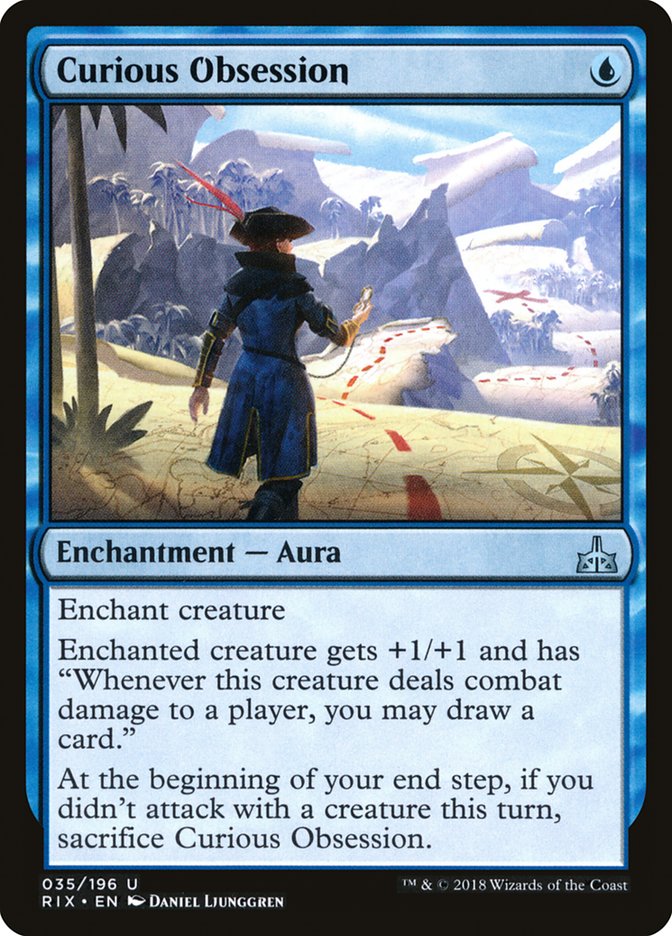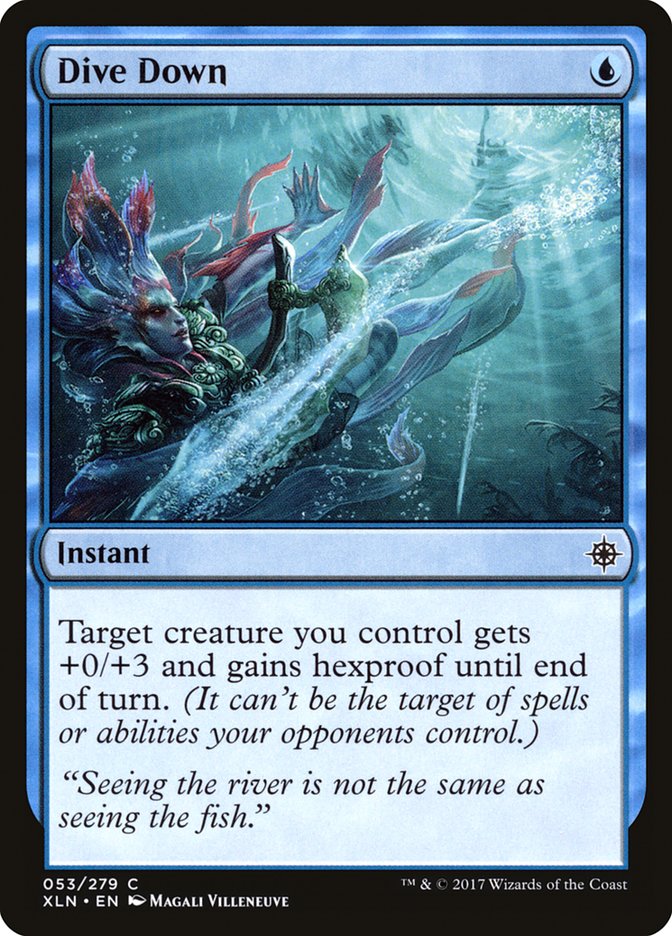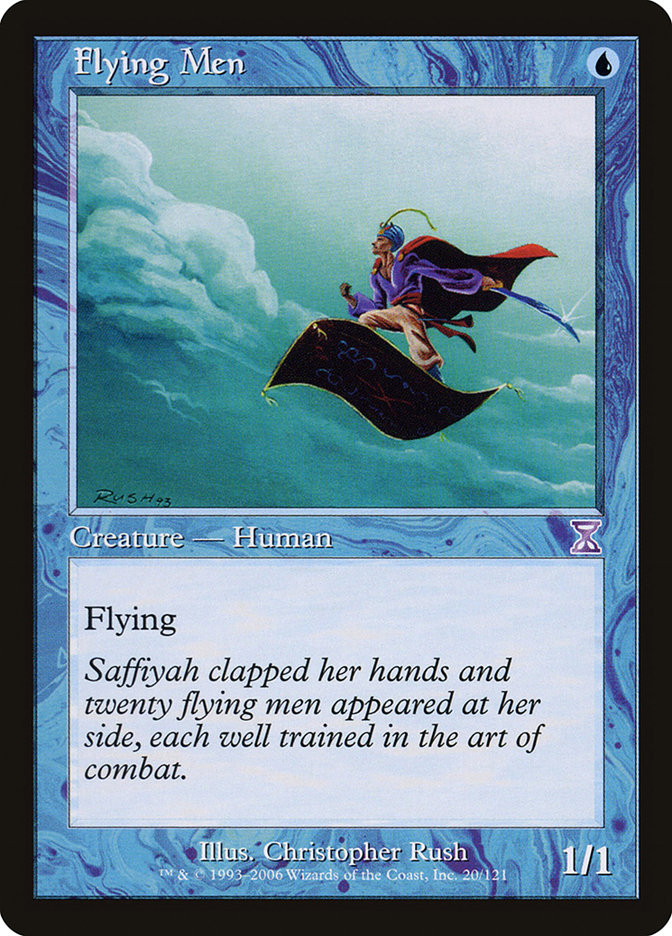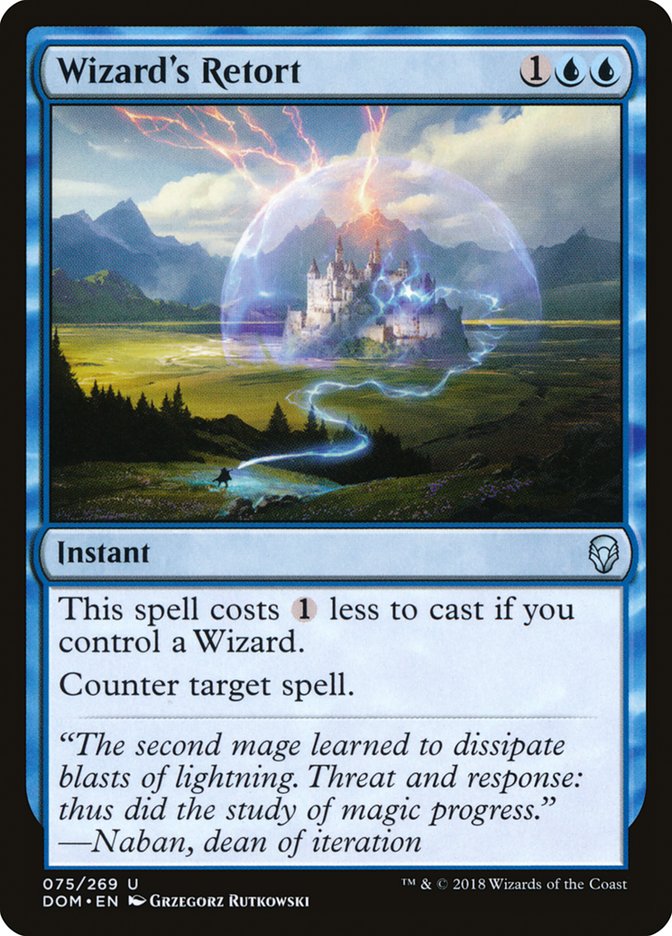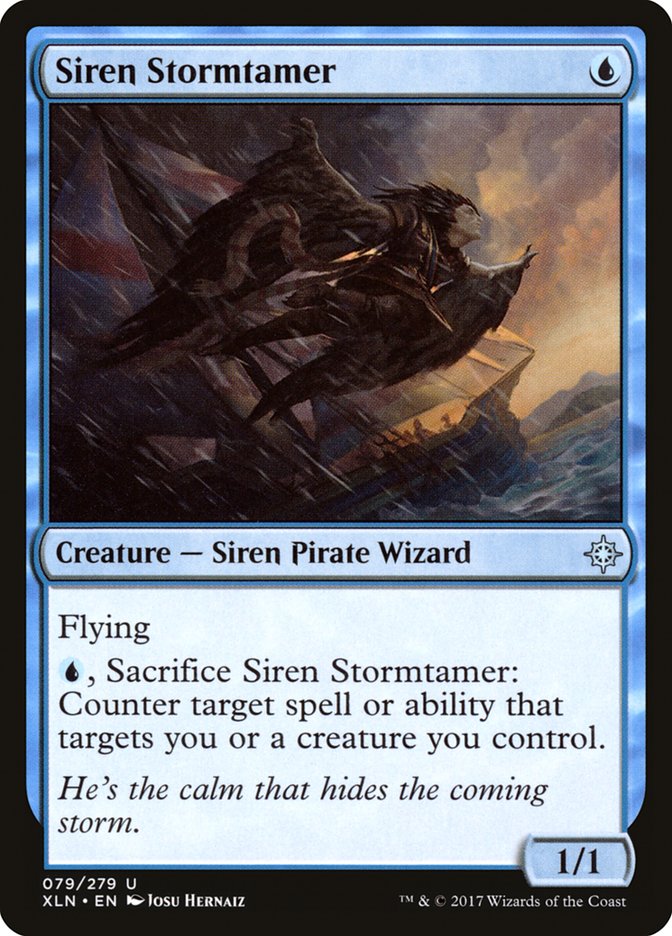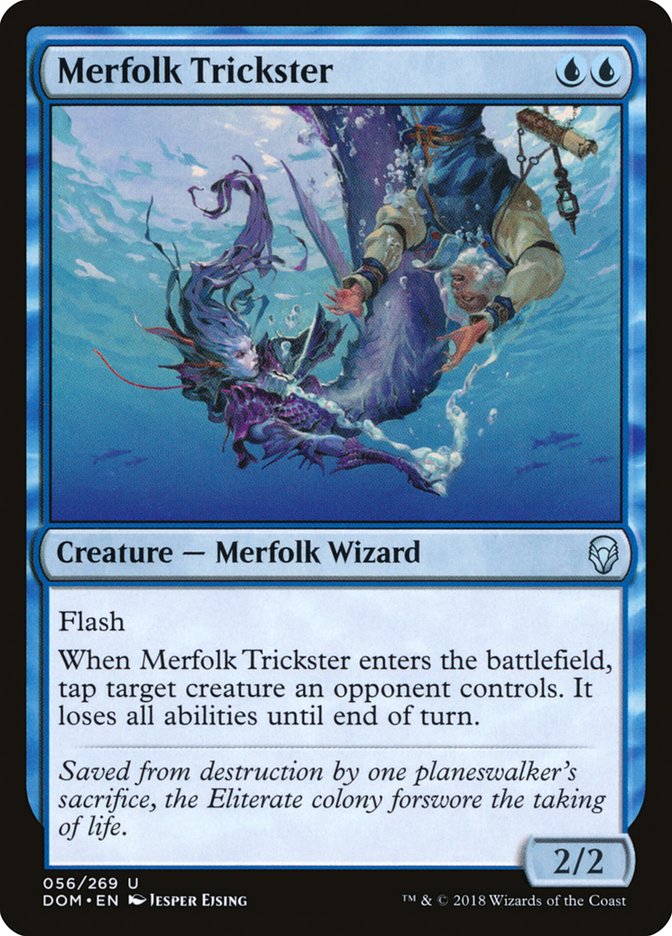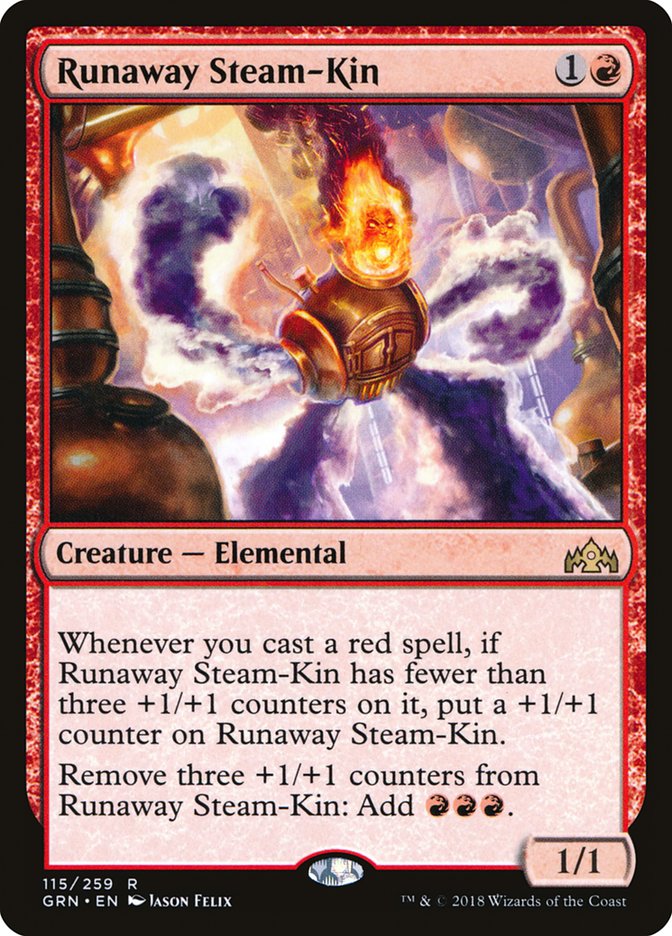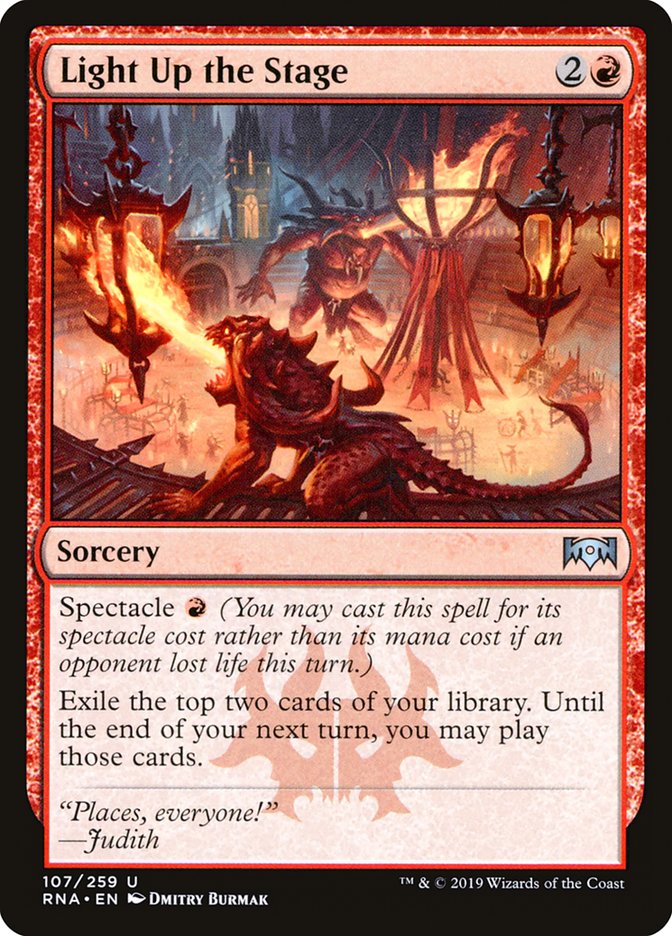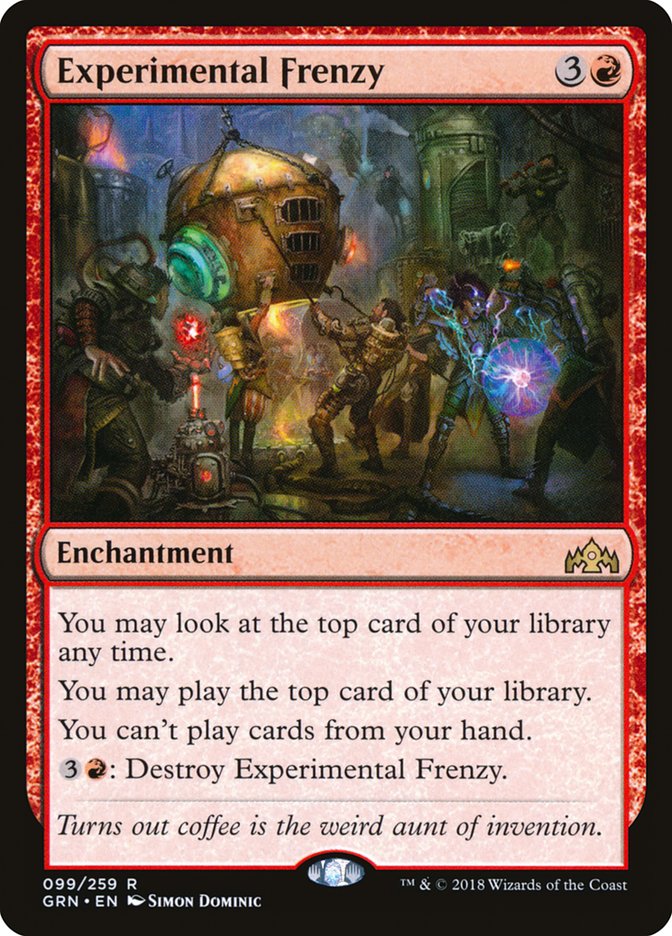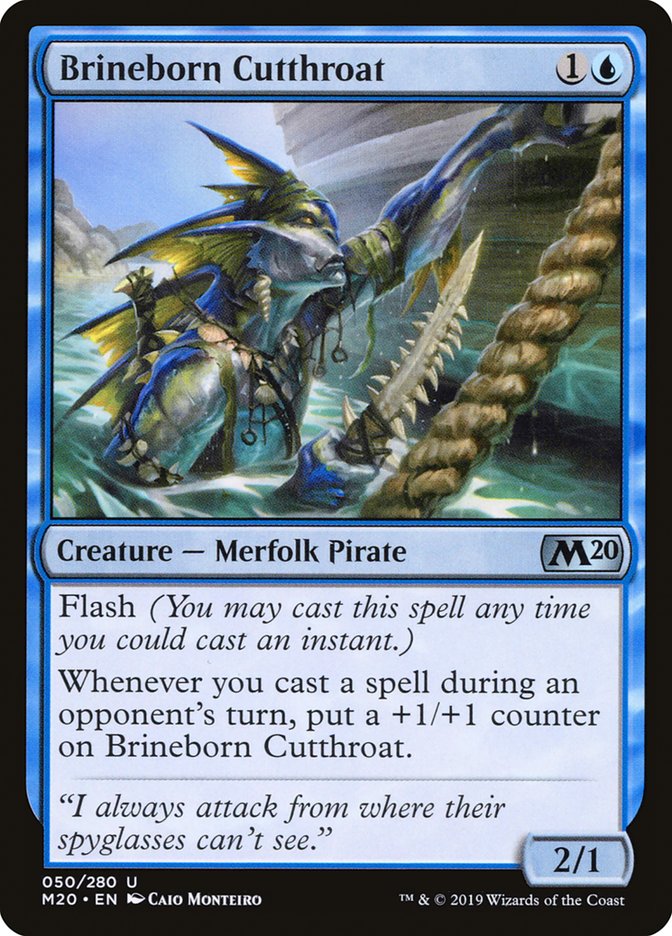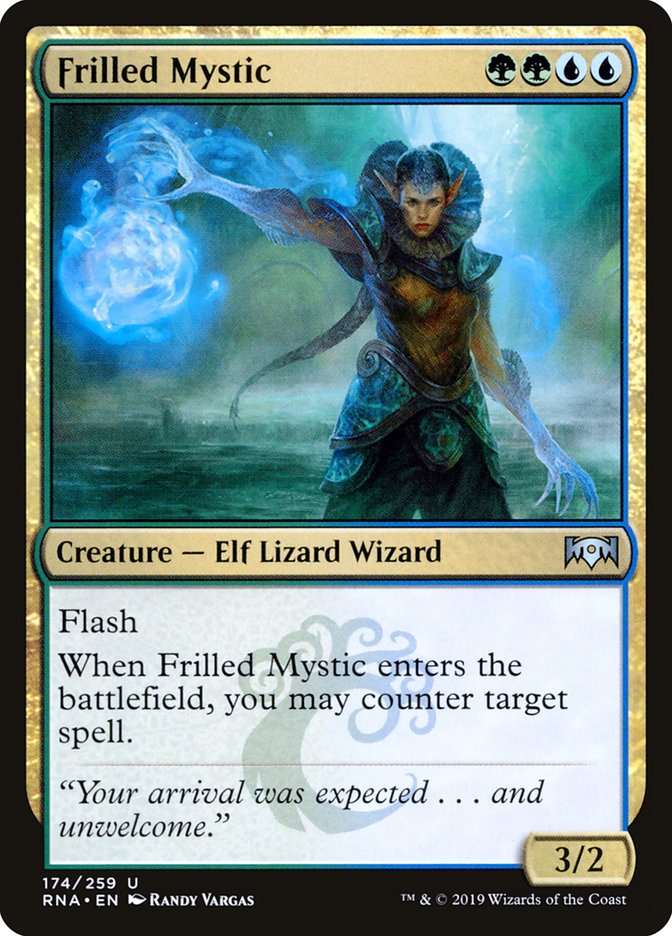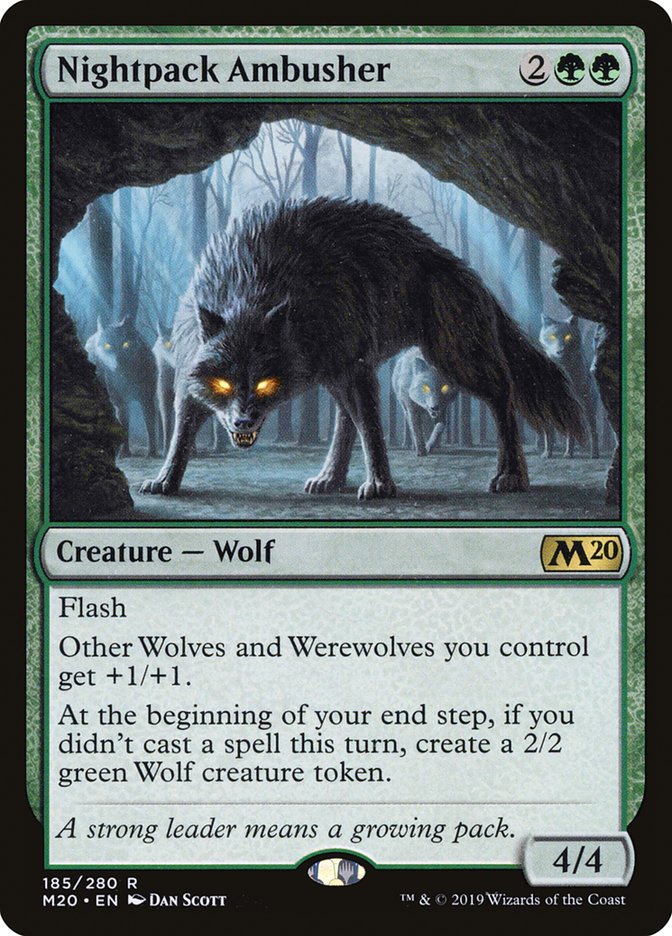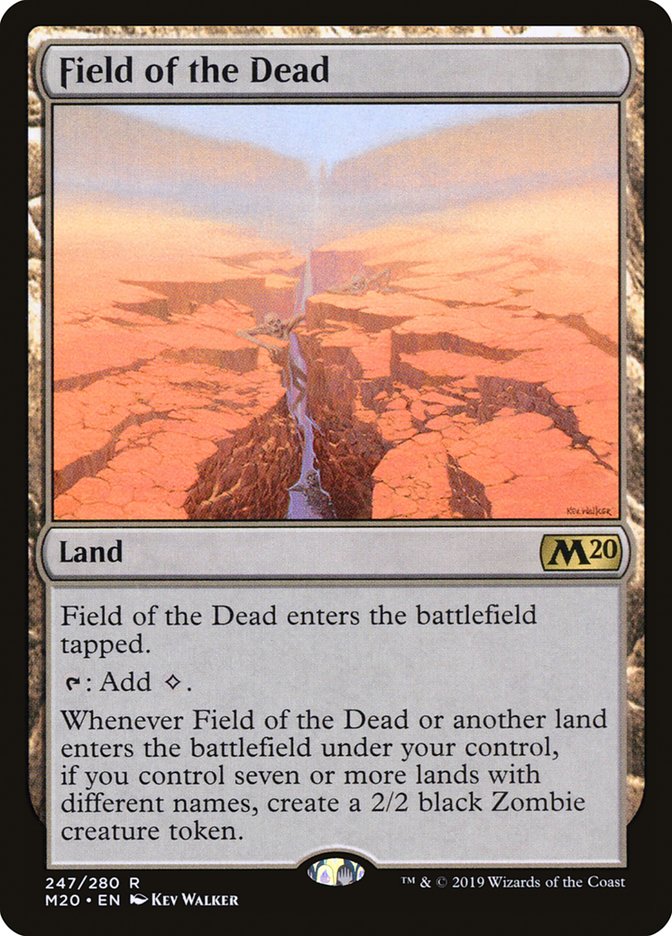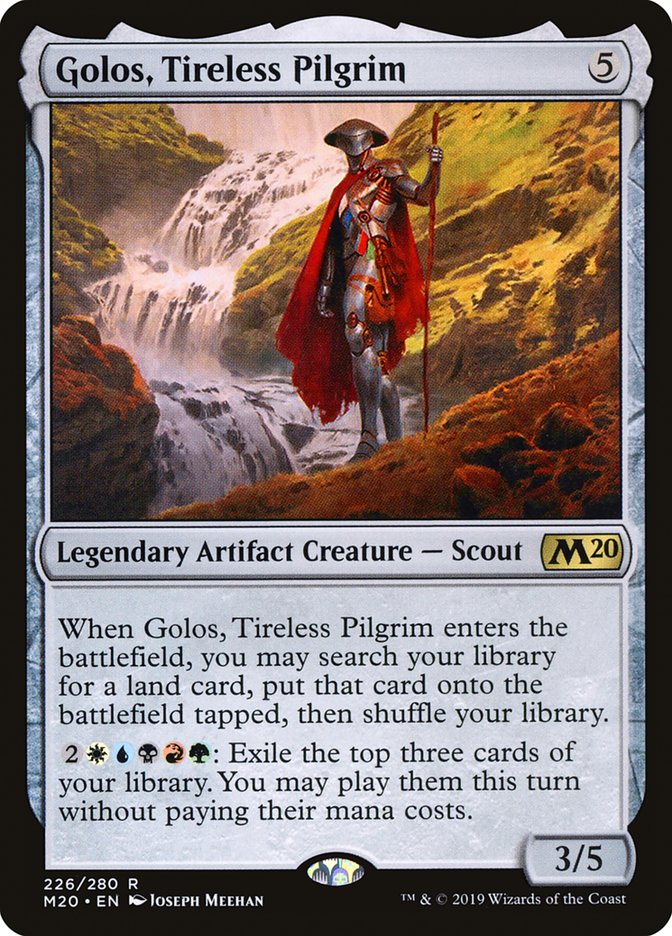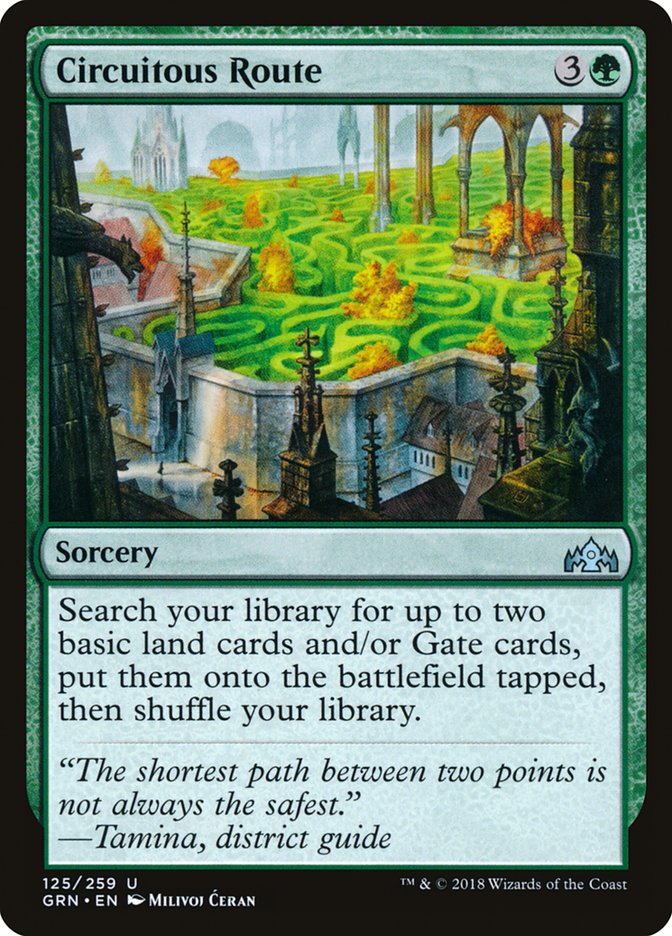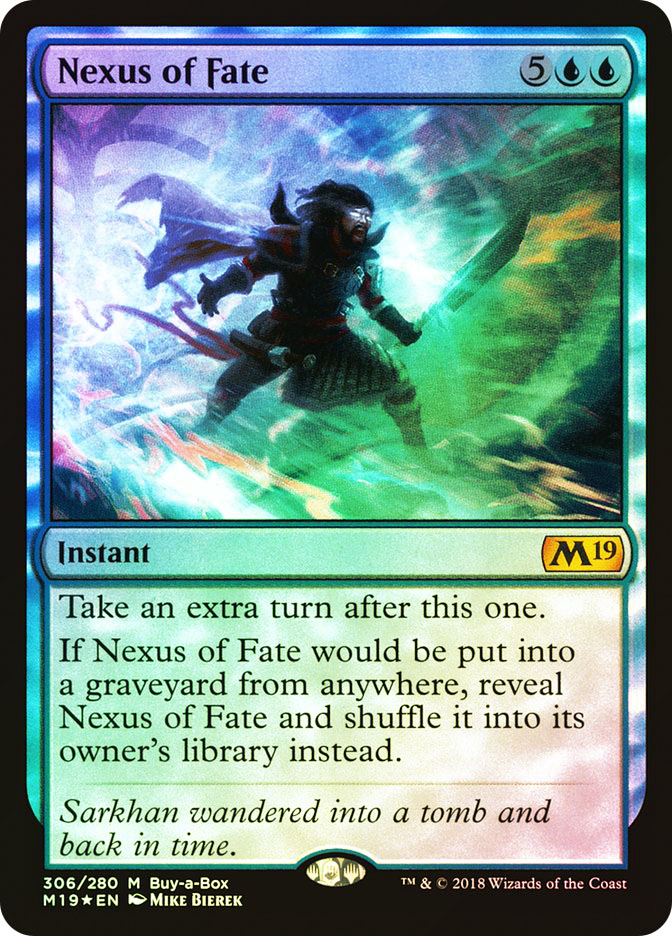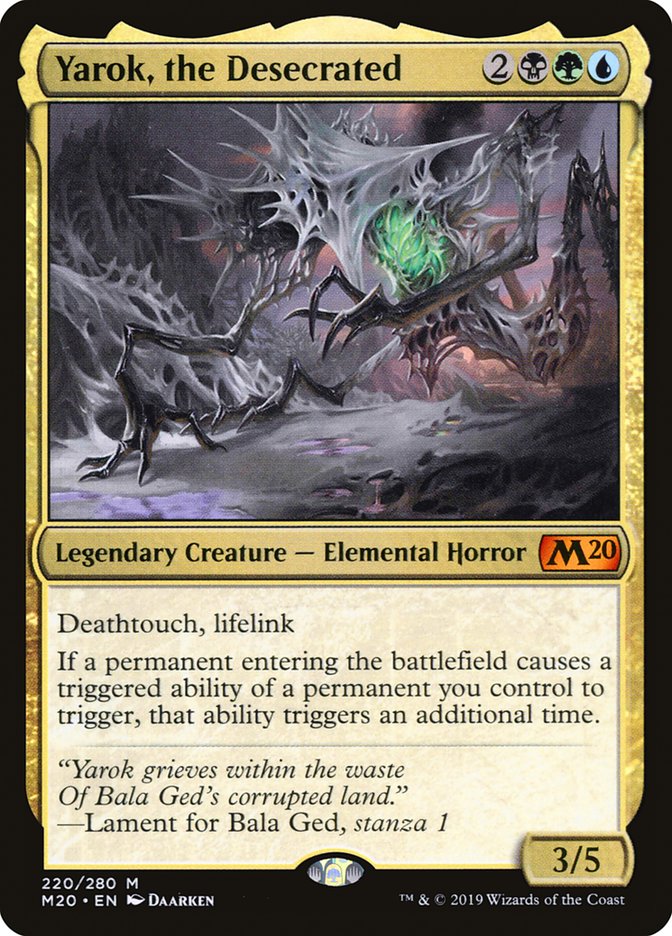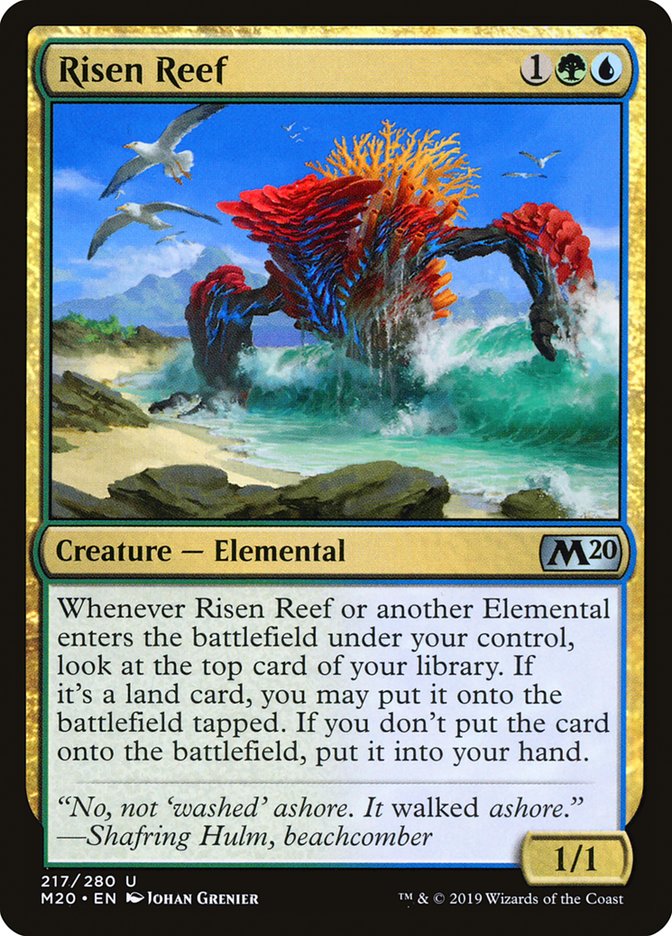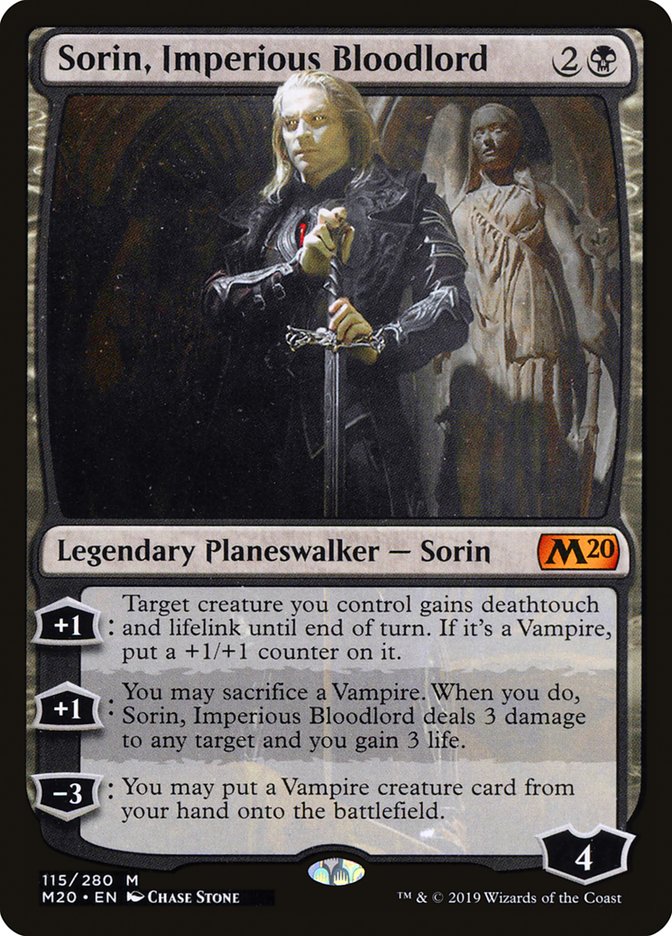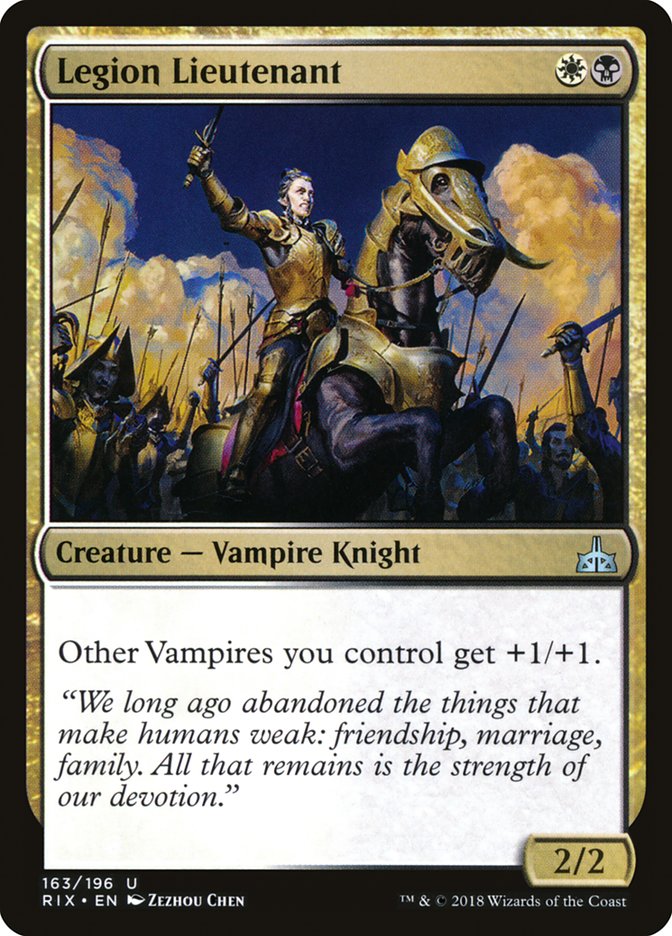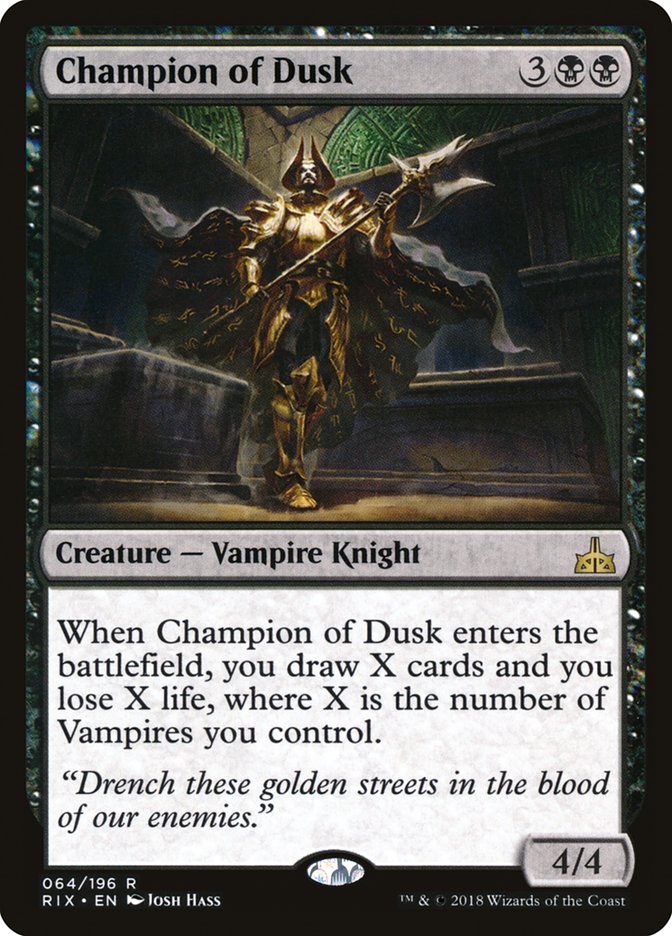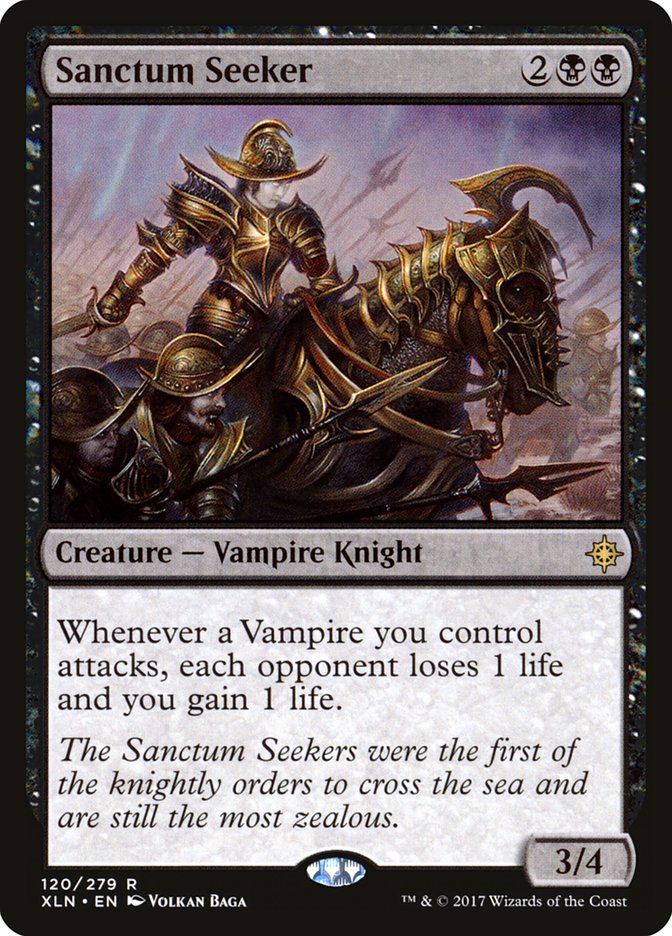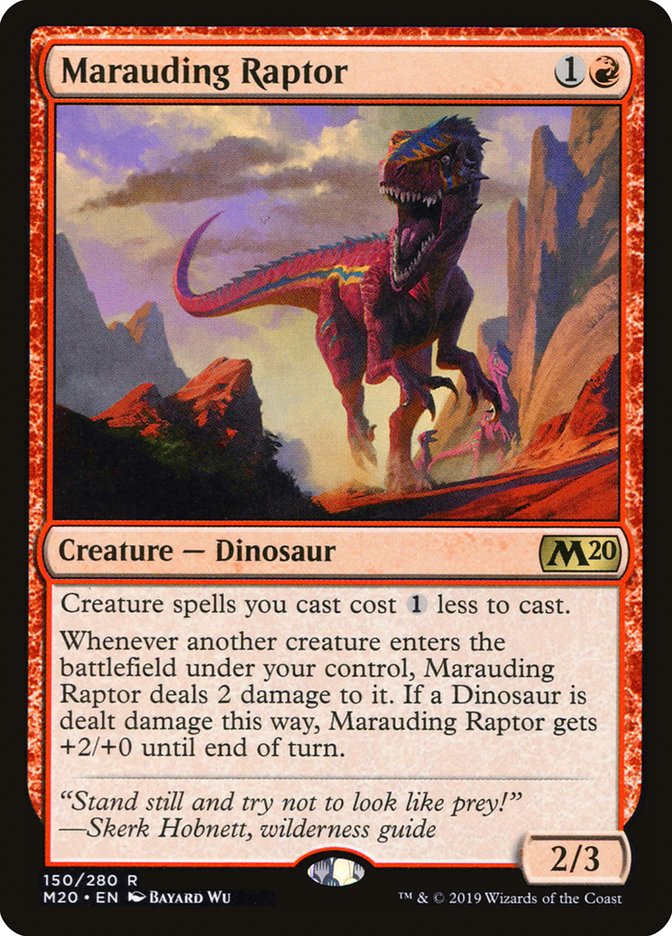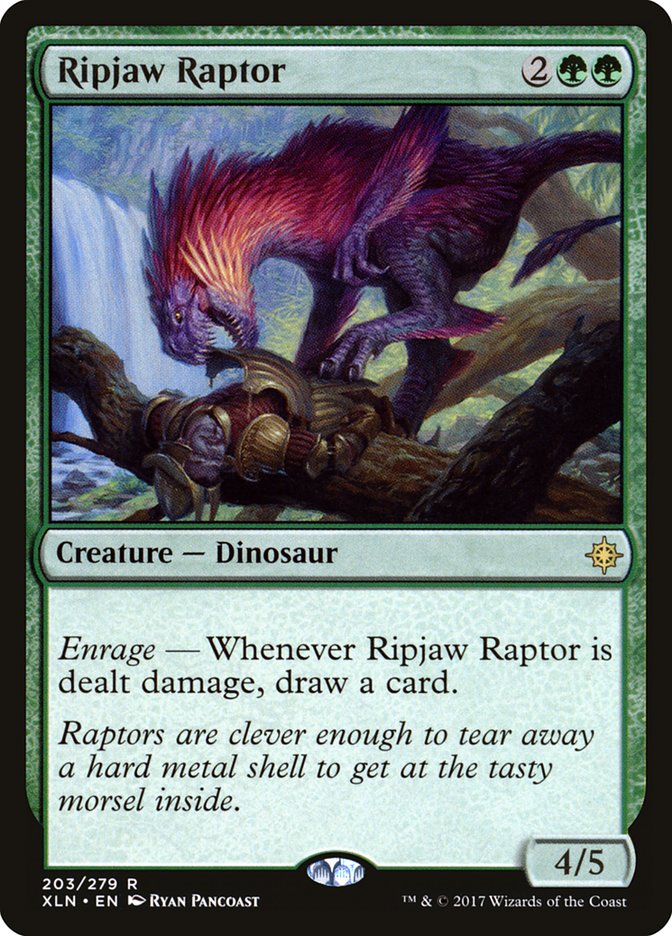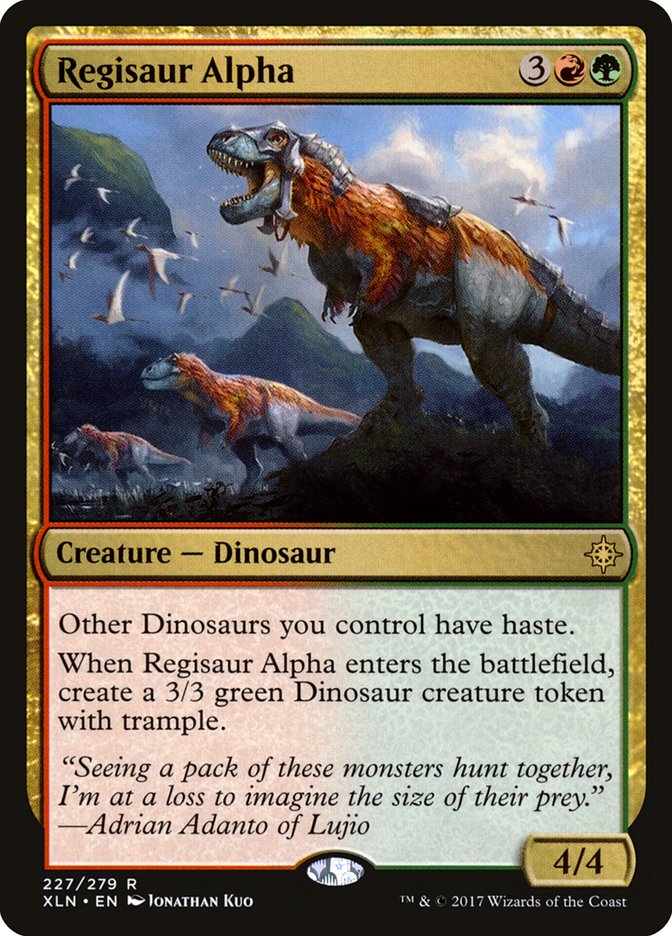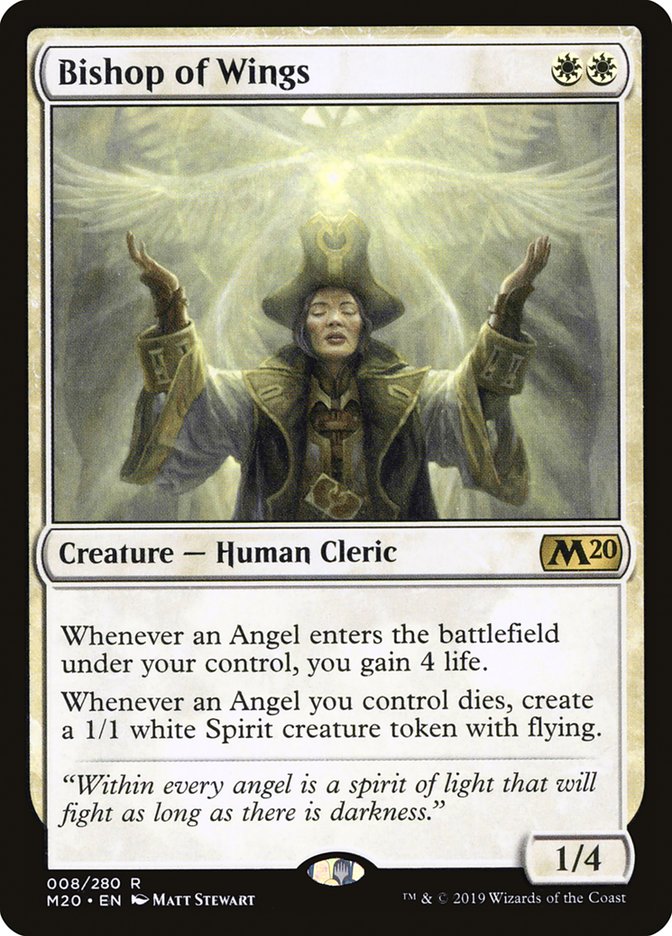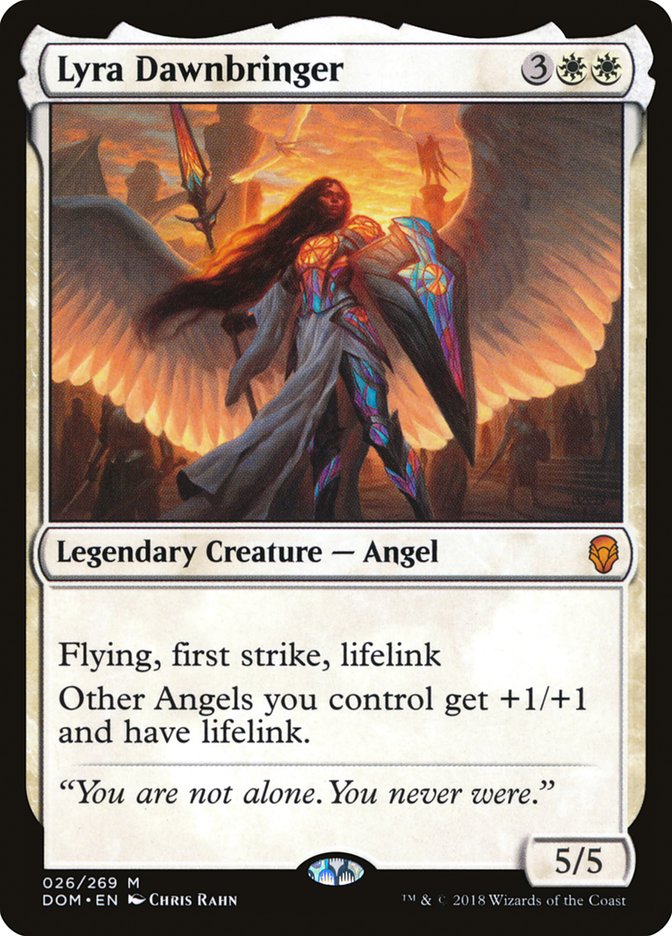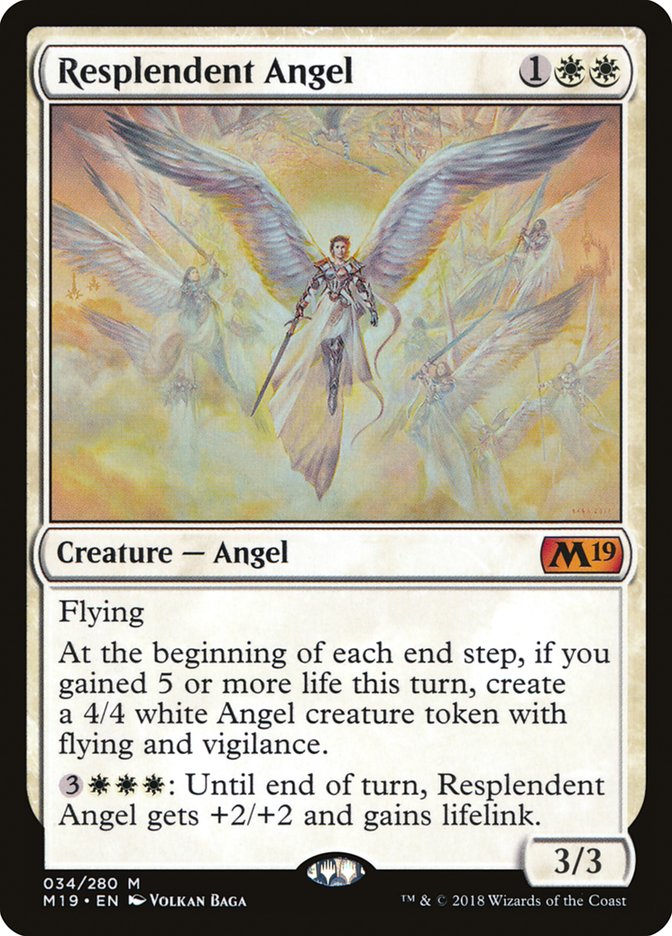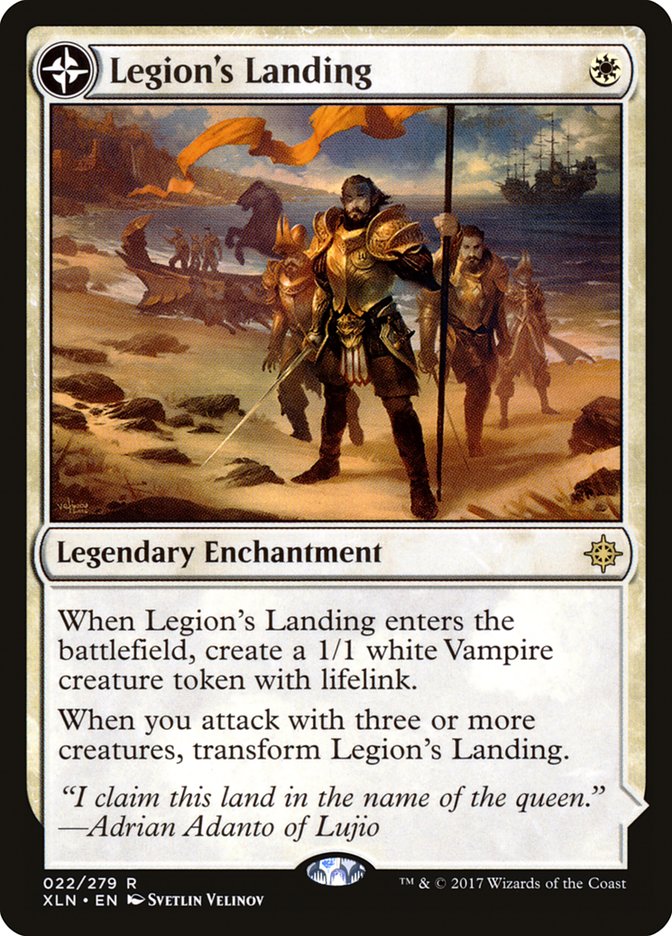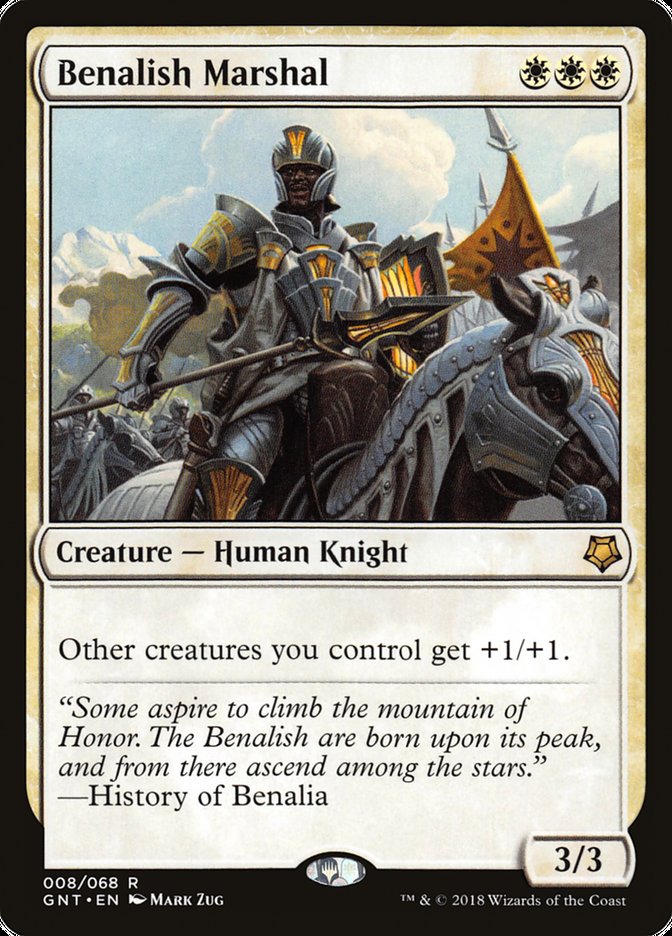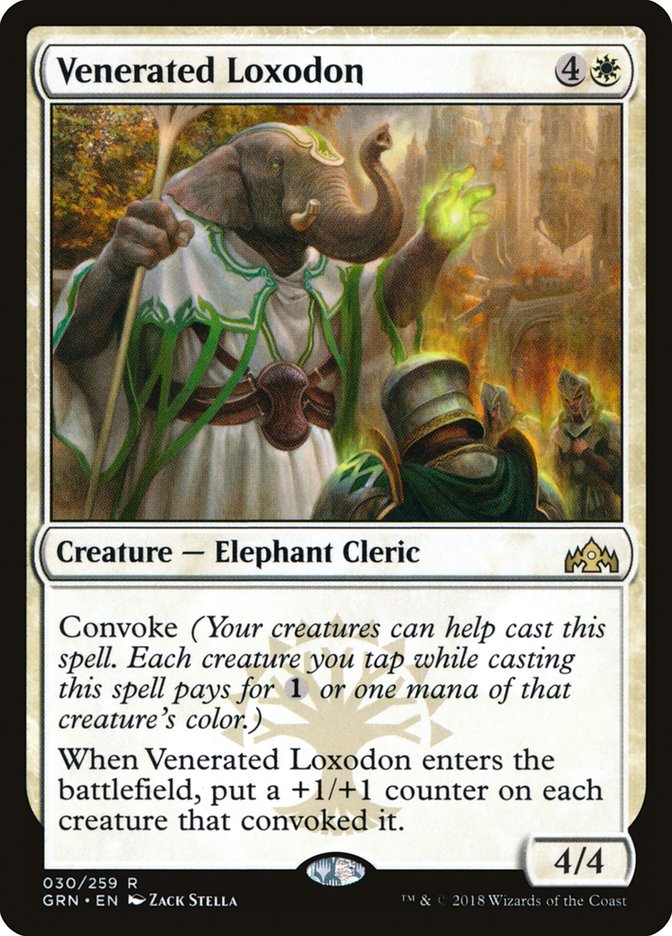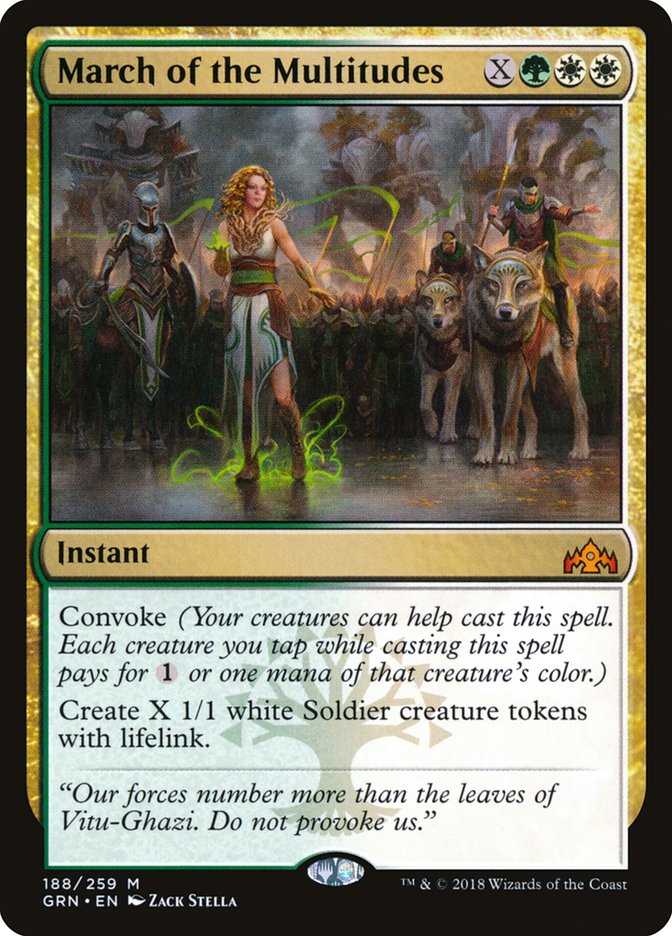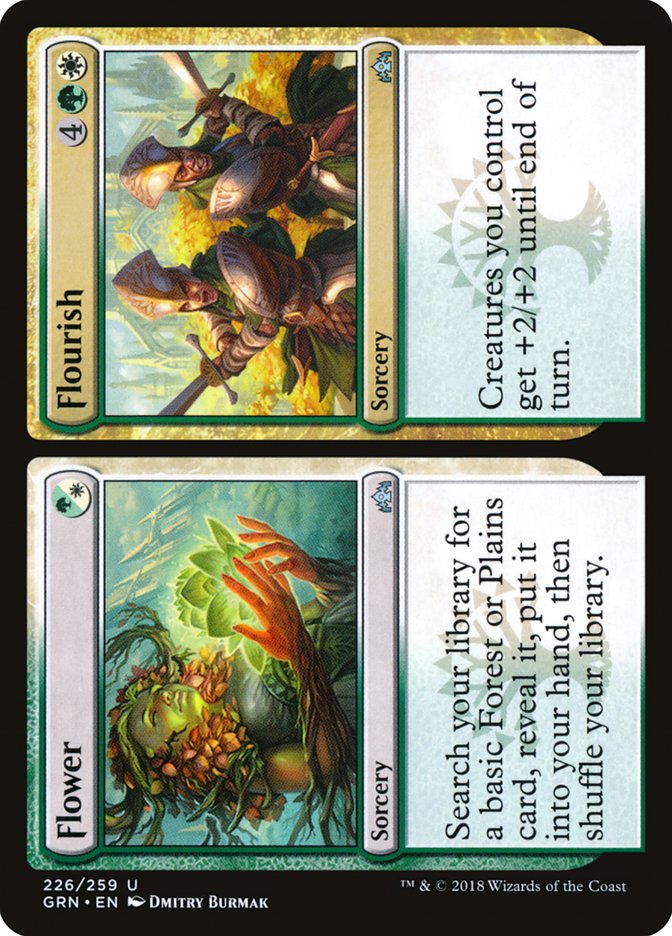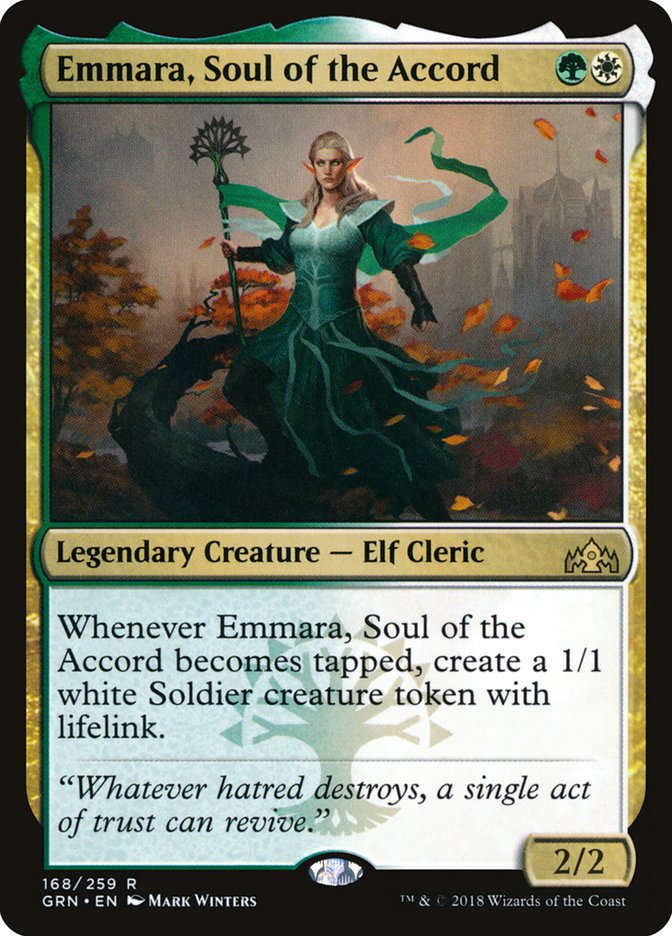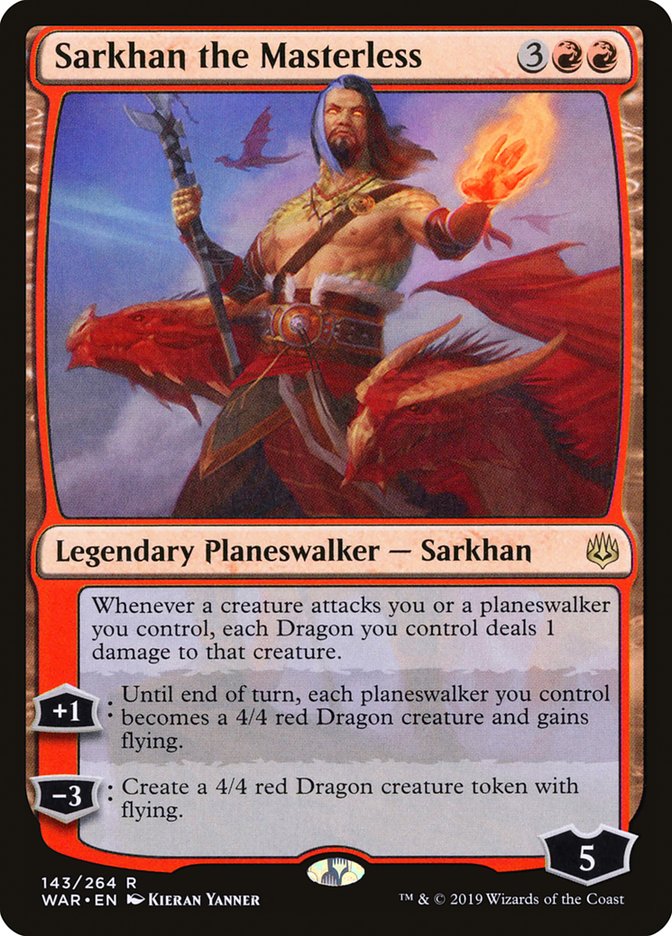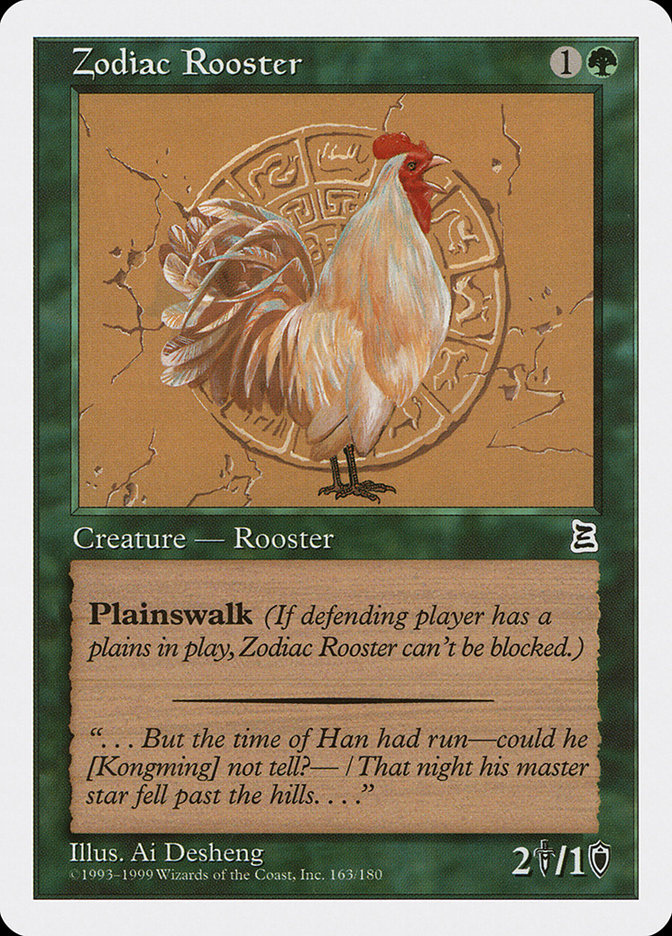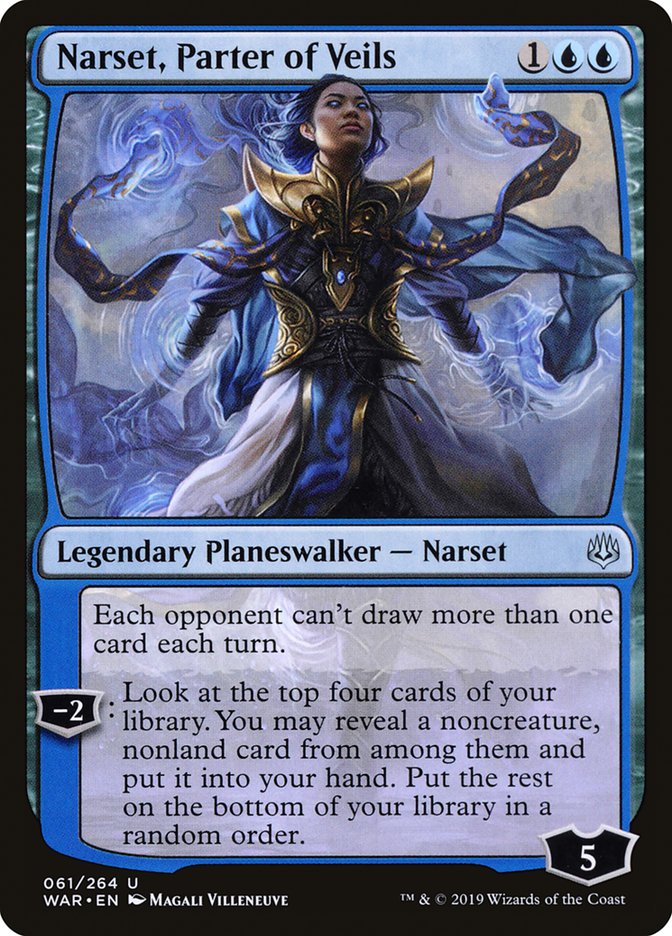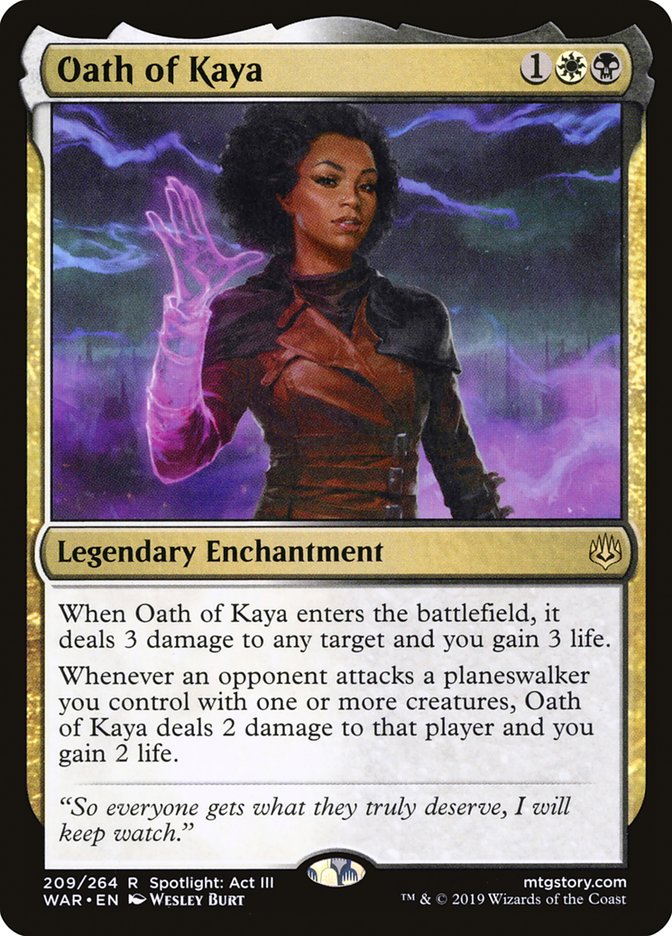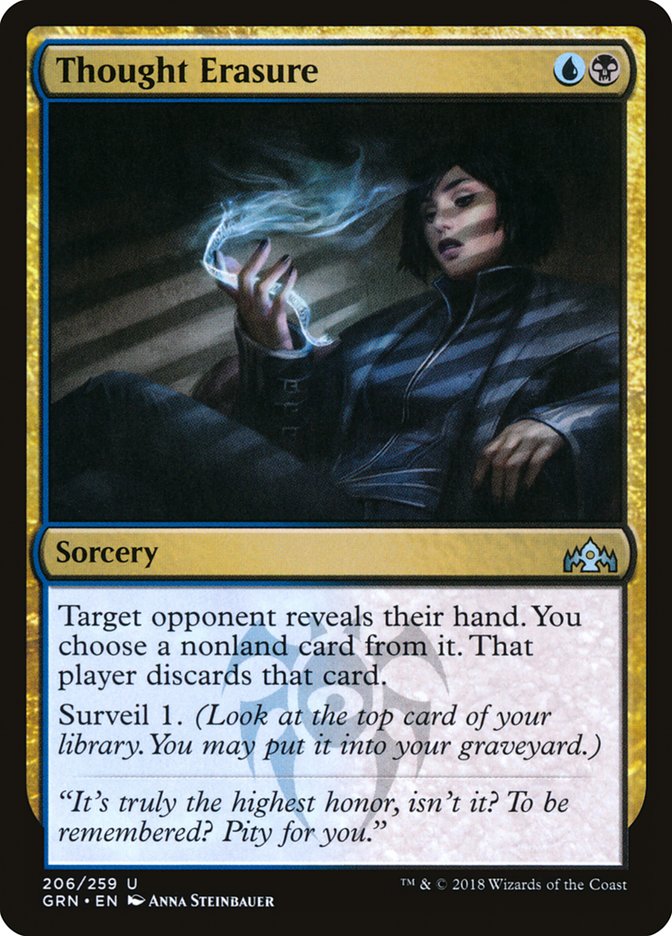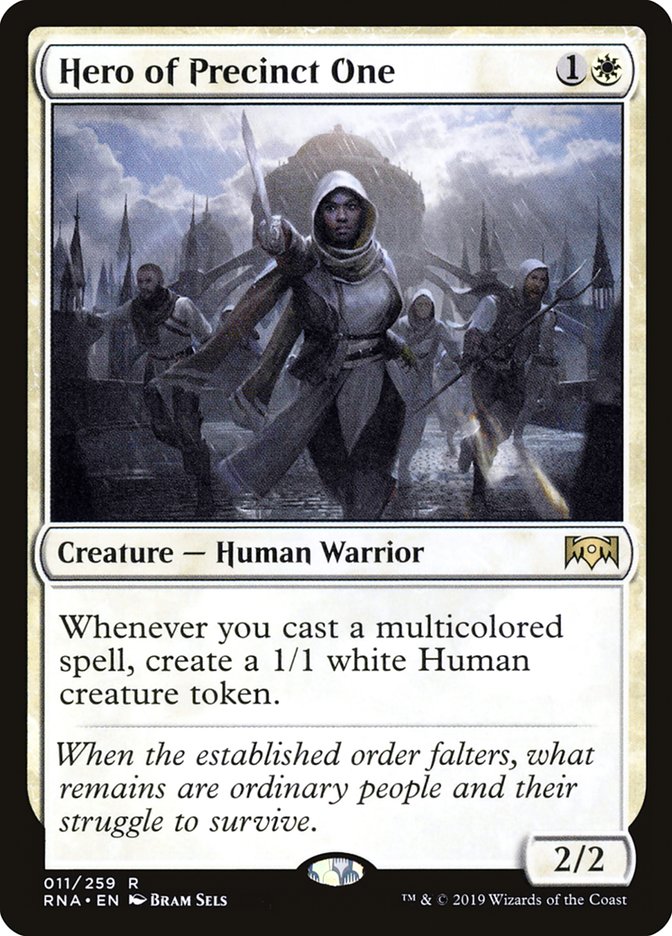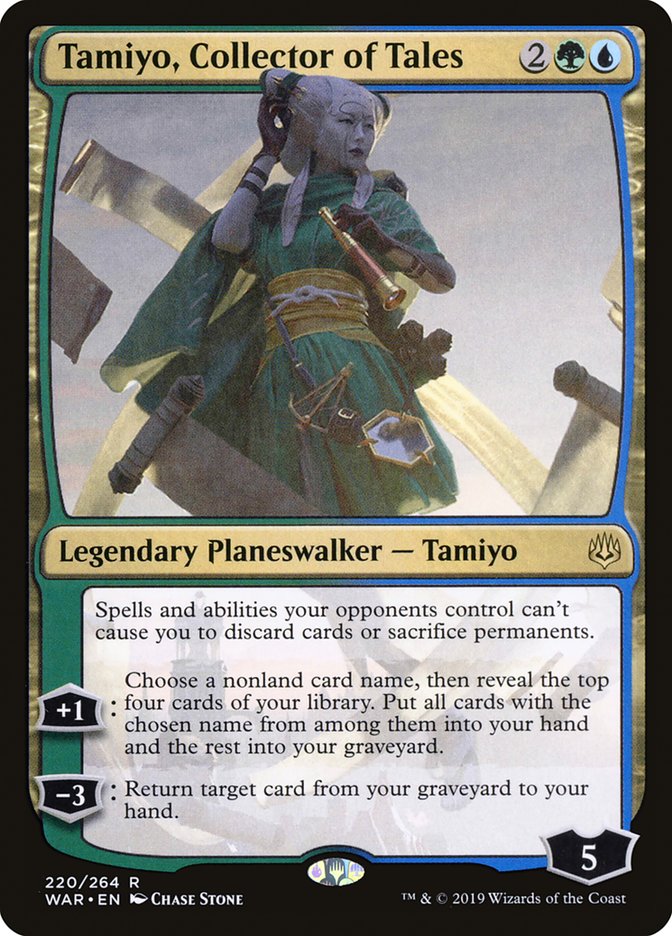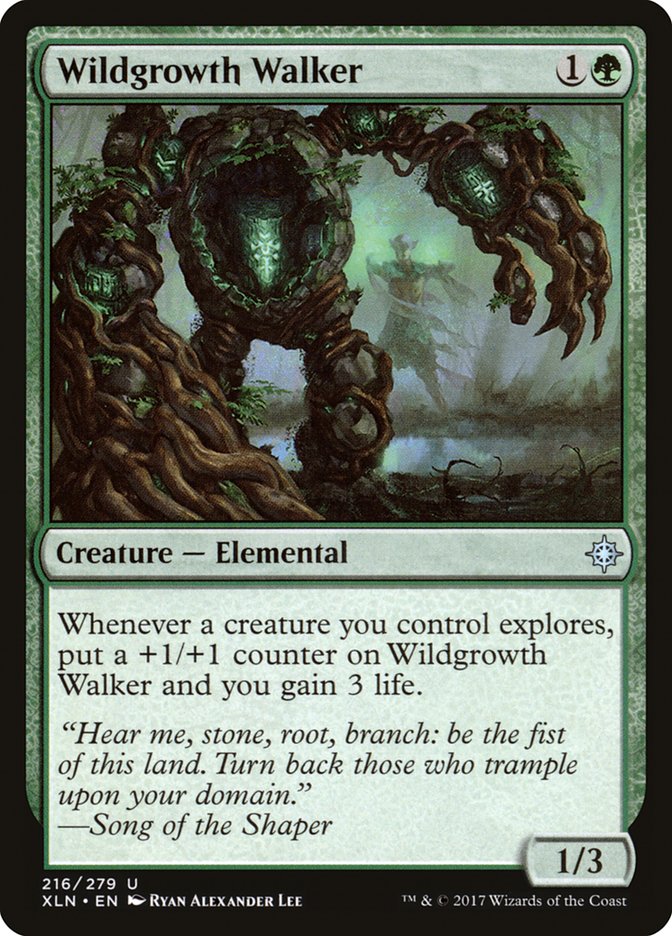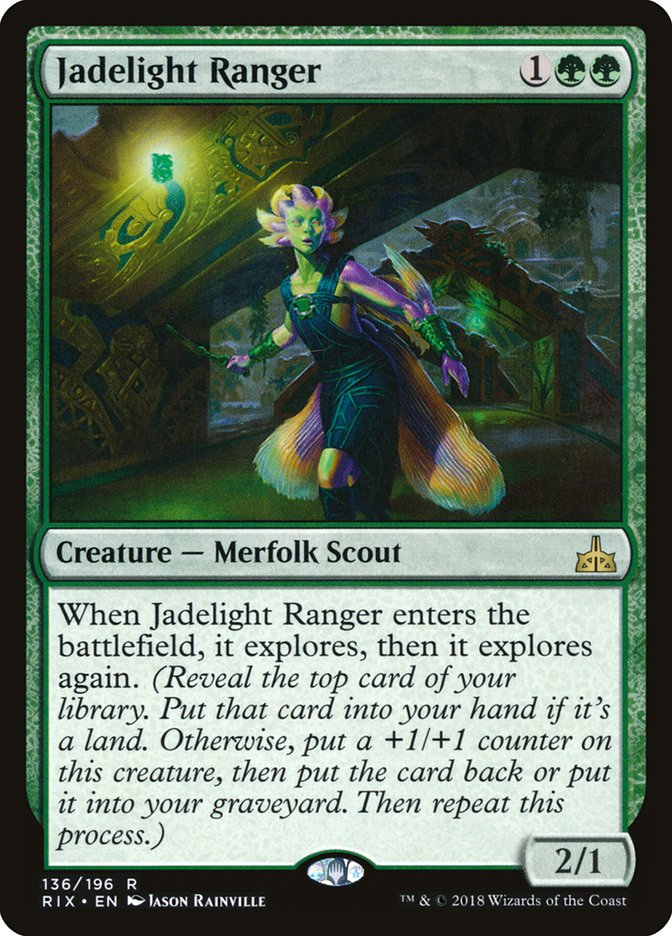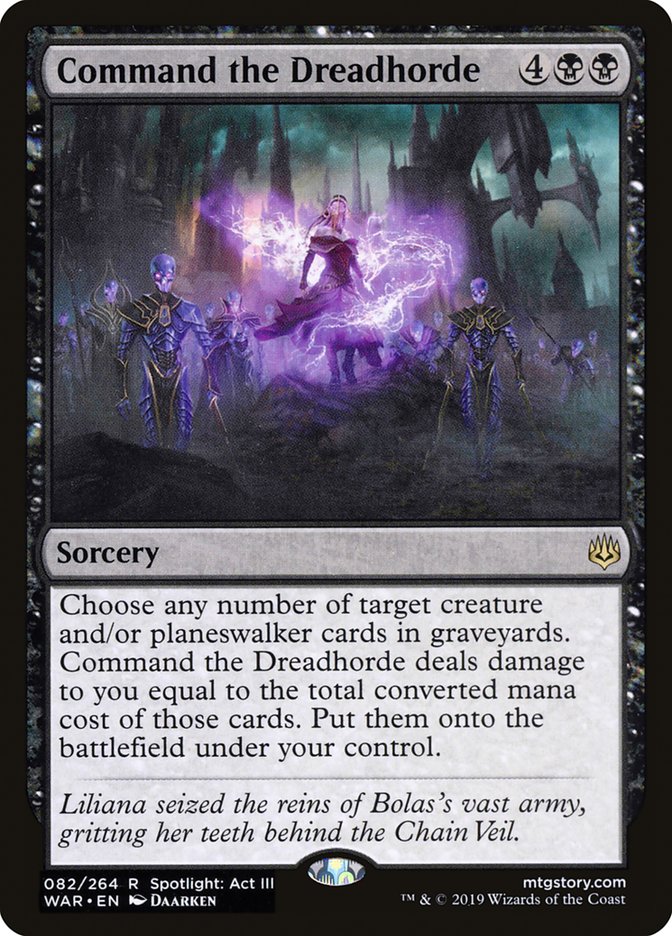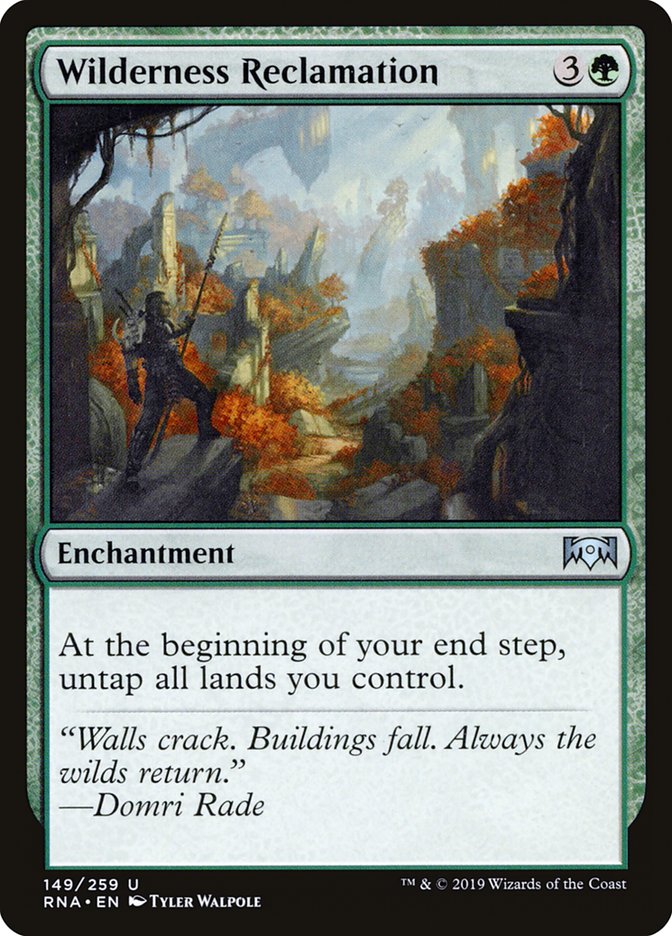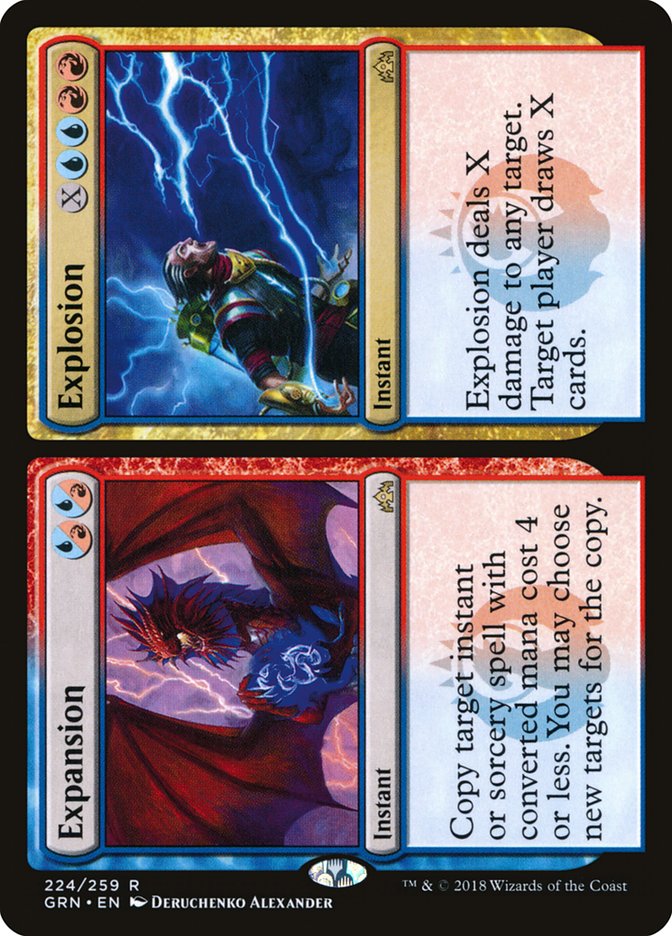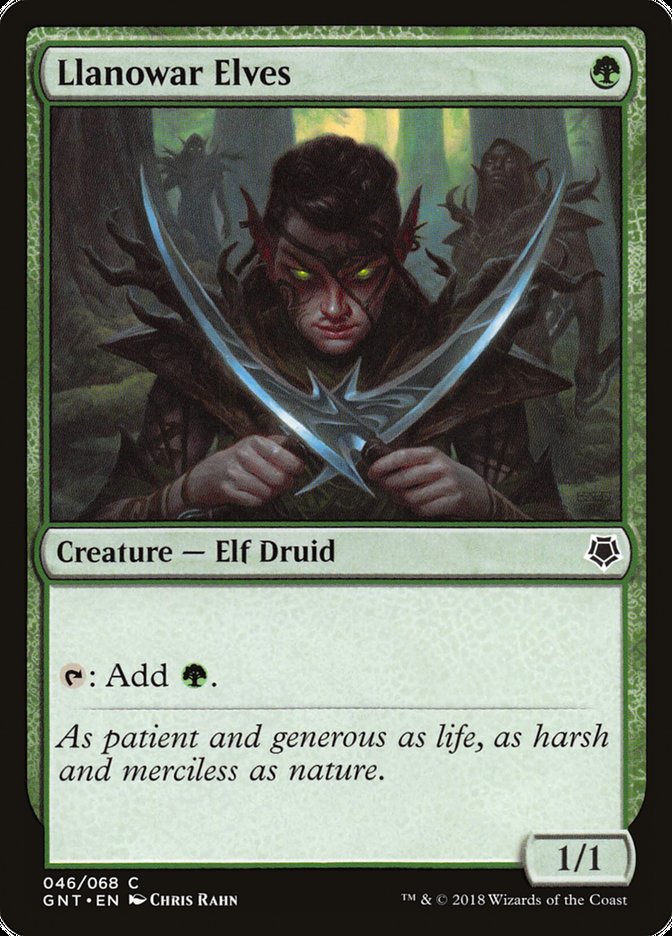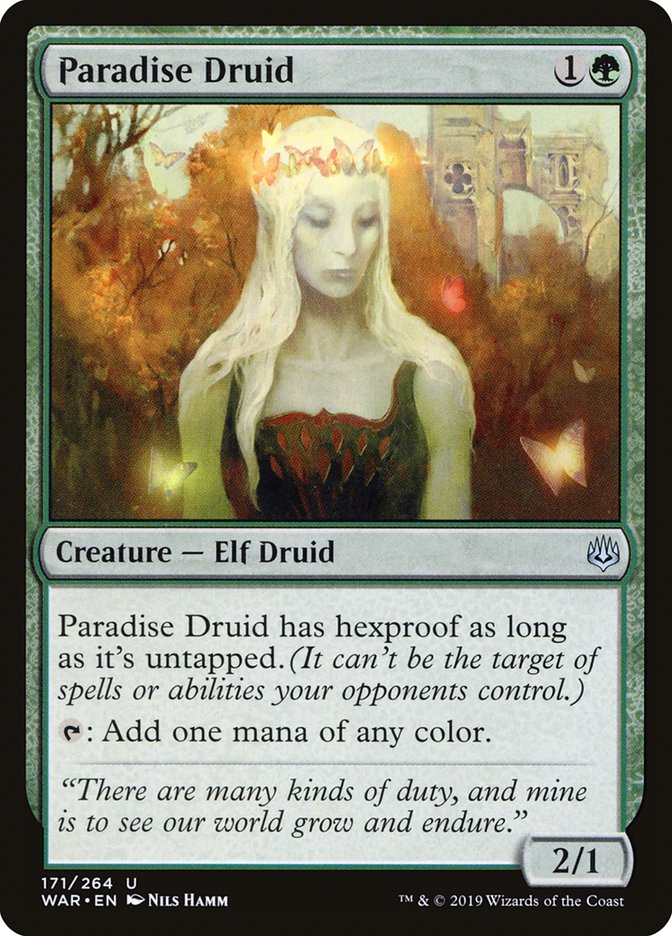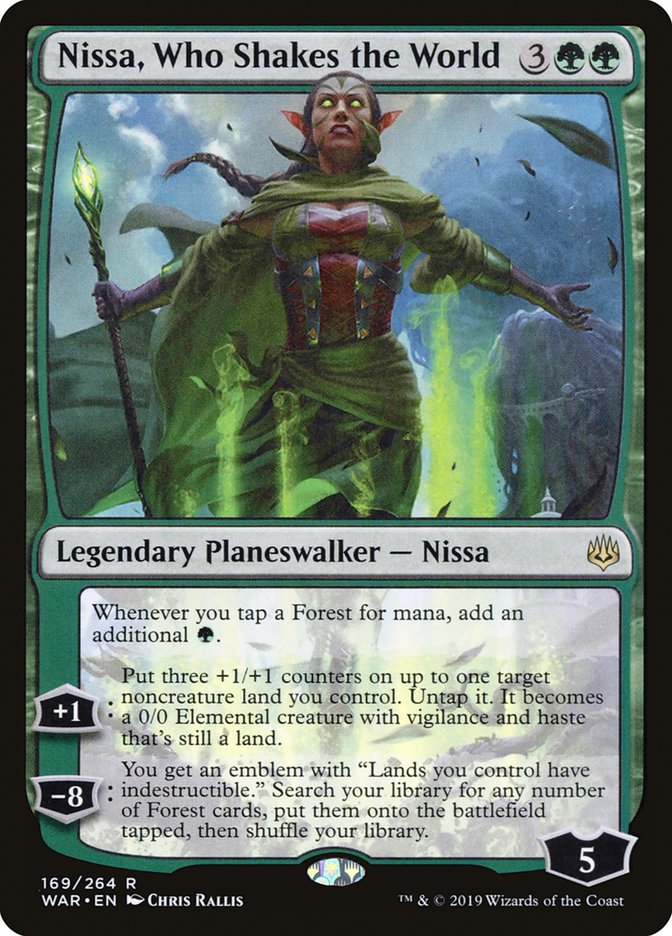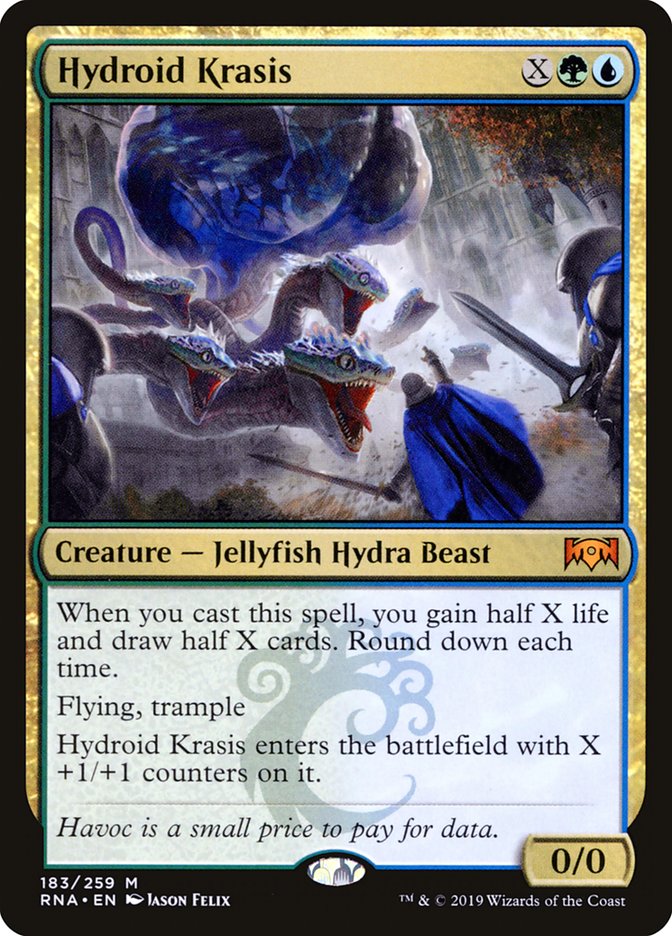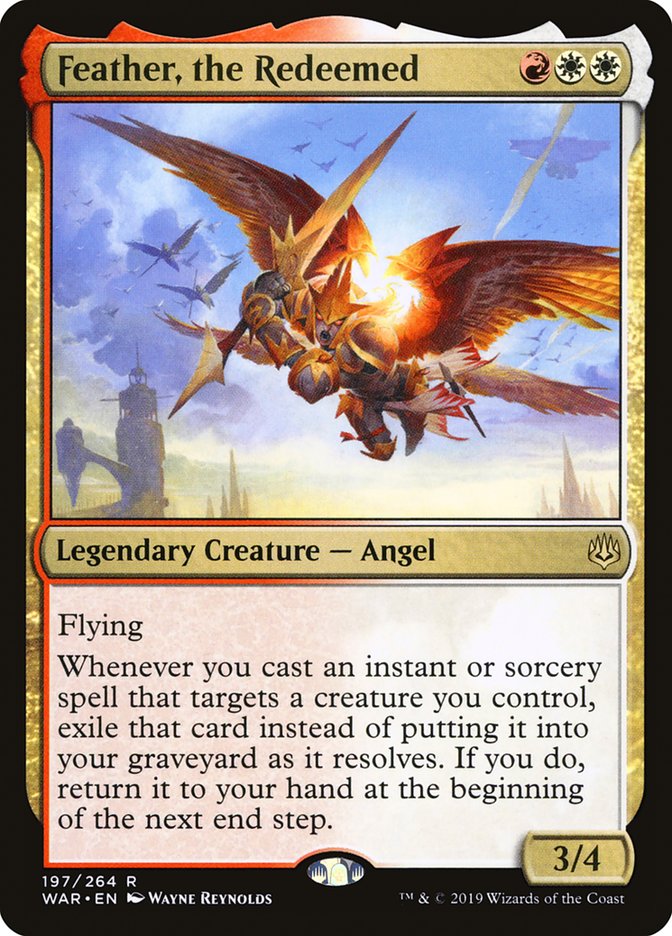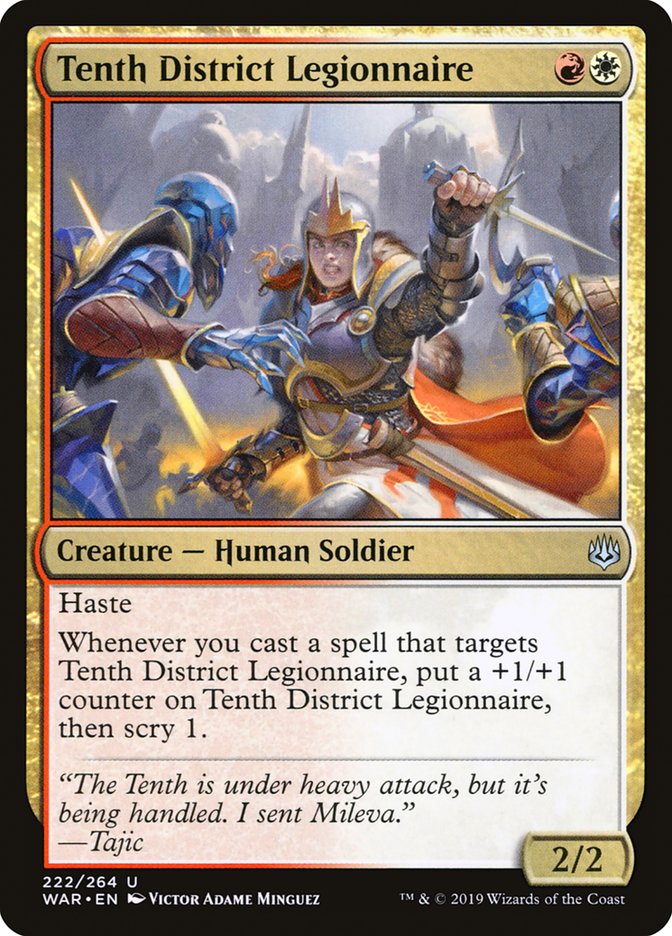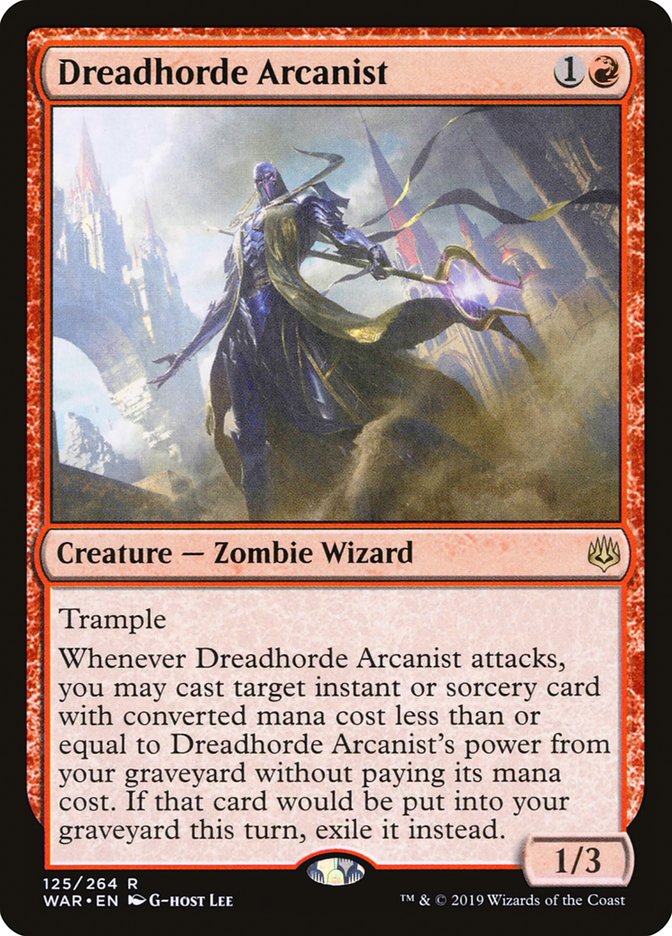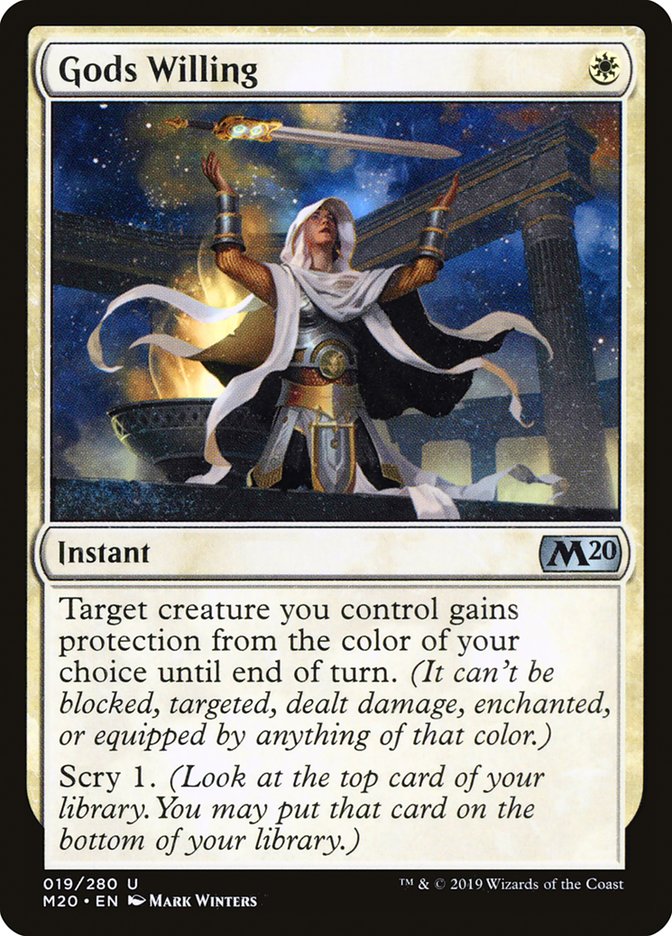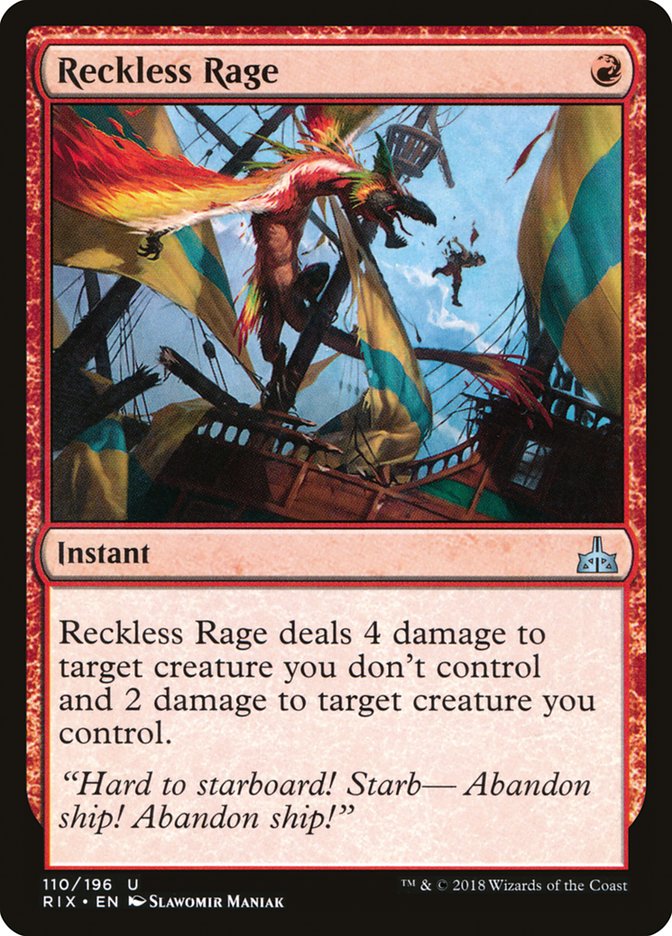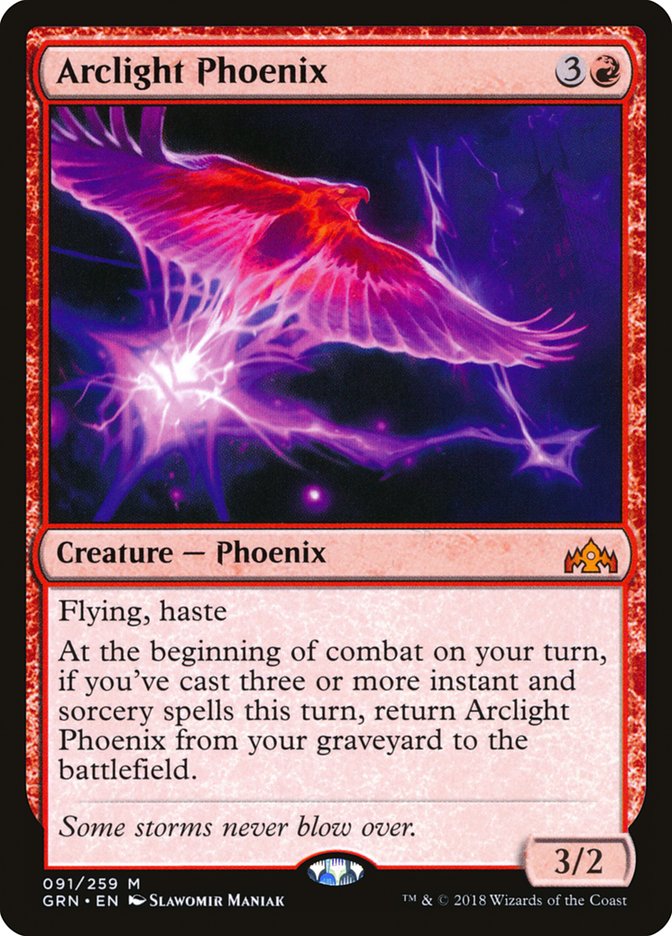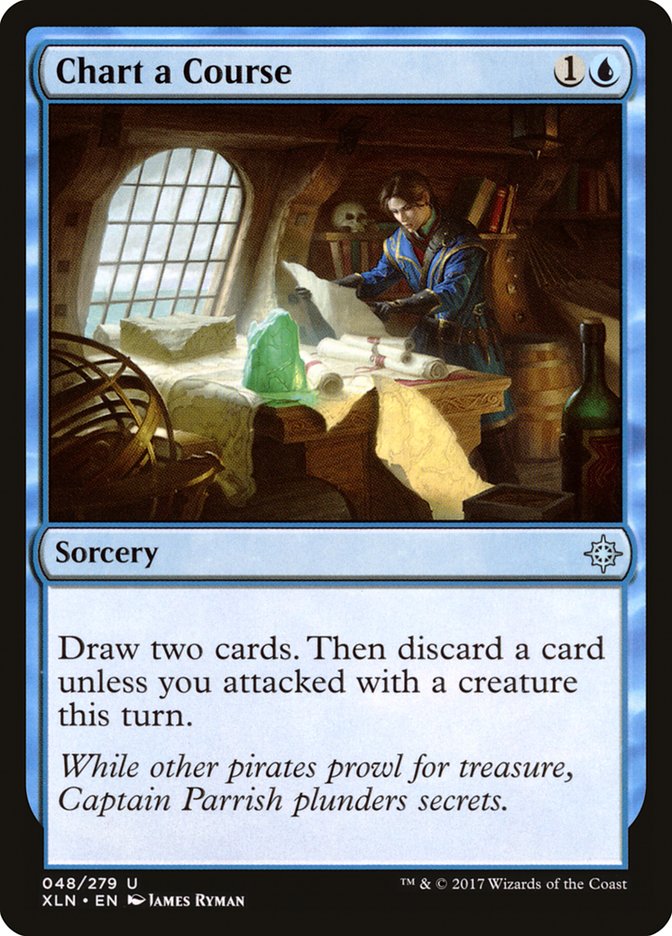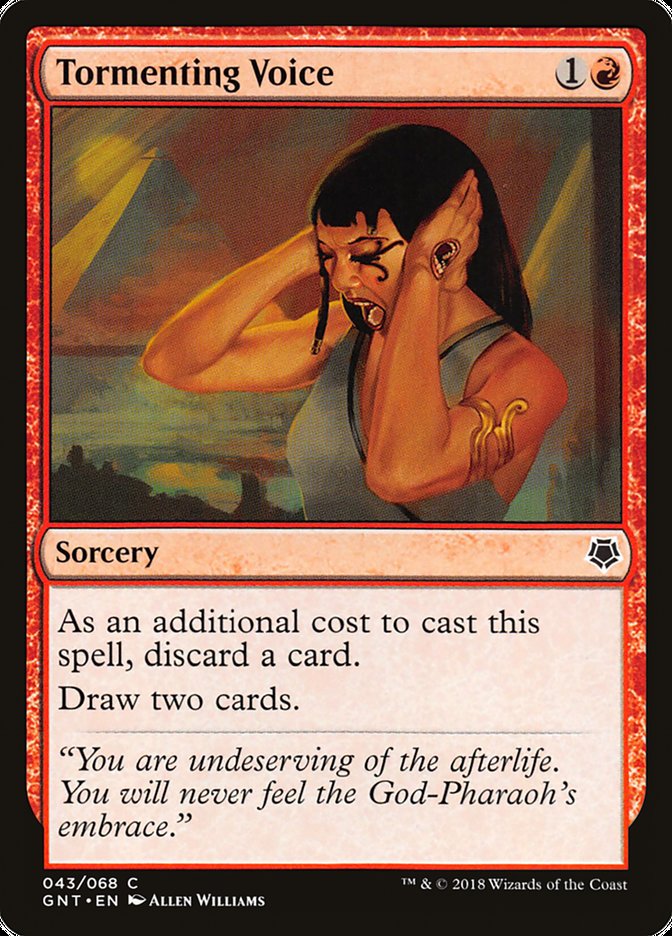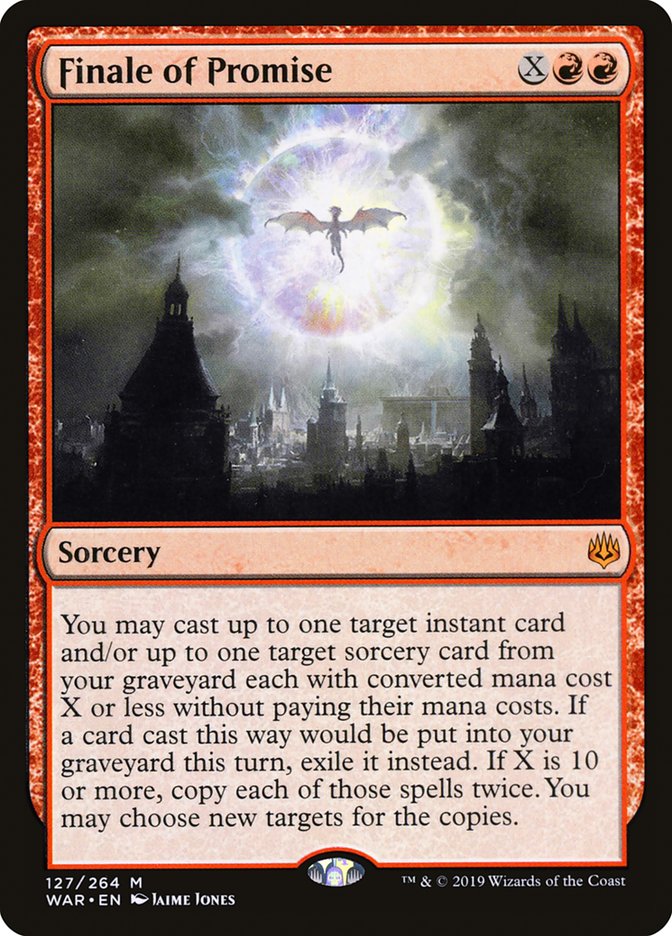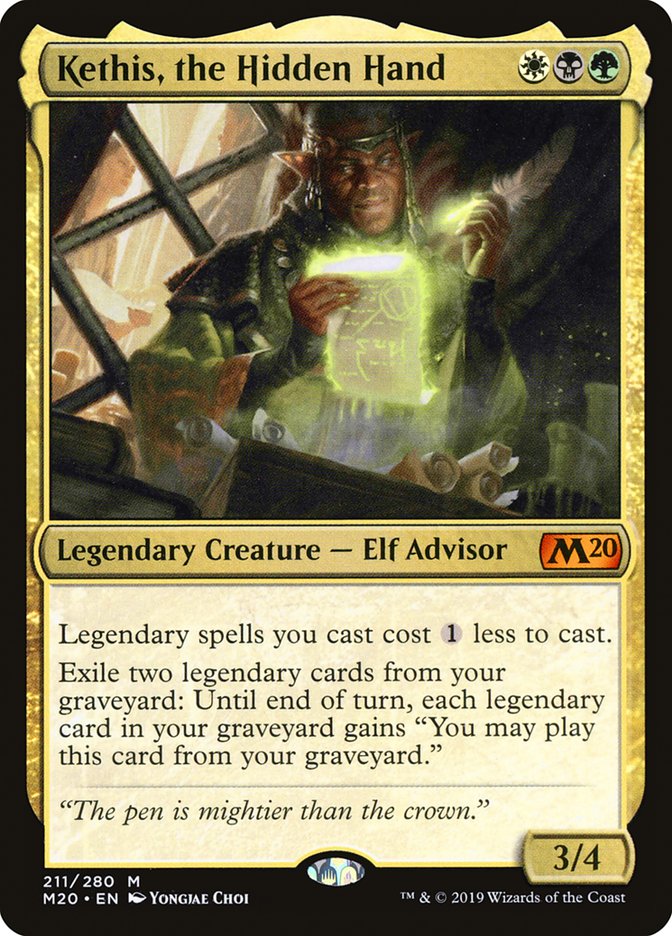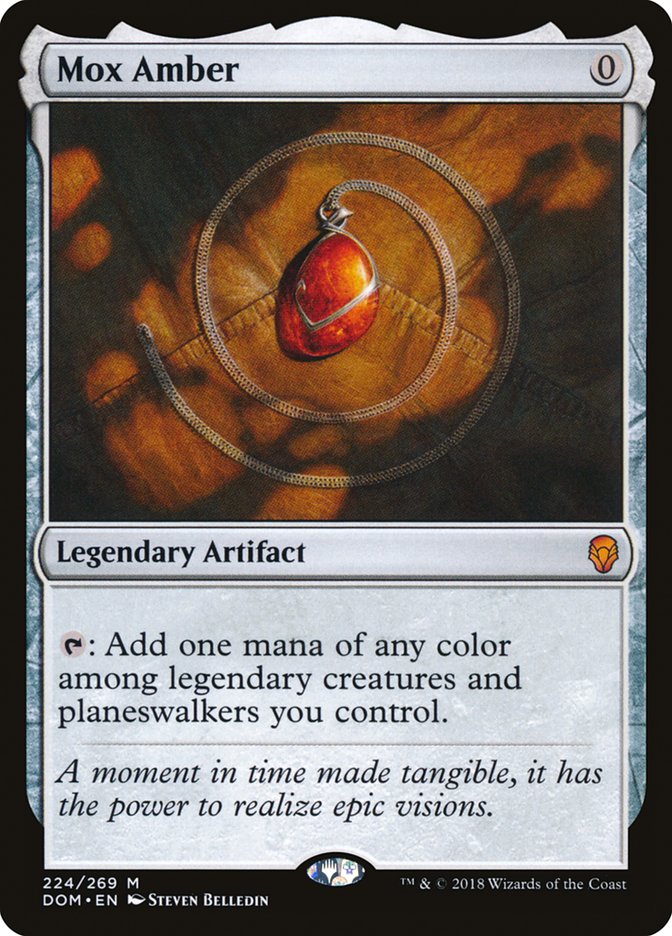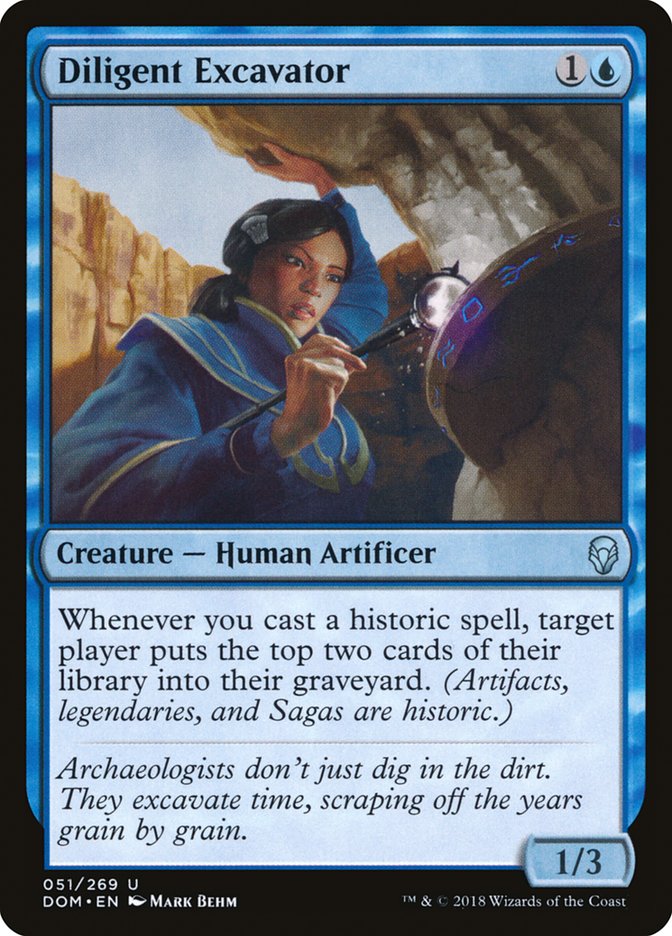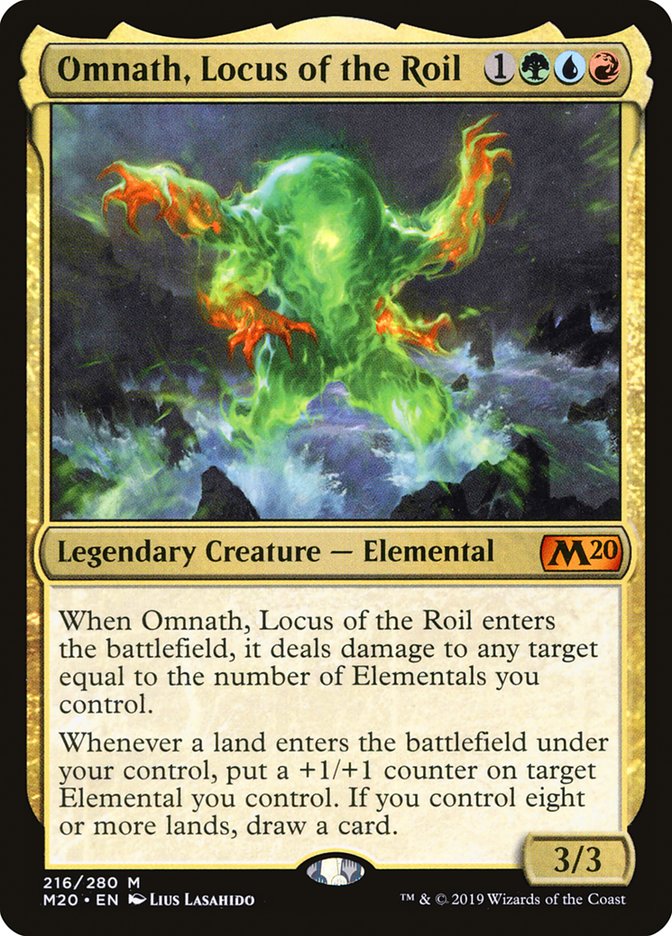Throne of Eldraine preview season is rapidly approaching, and not long after it finishes rotation will come upon Standard once more as Ixalan, Rivals of Ixalan, Dominaria, and Core Set 2019 all leave the Standard card pool. With rotation coming near, one of the key questions on everyone’s lips is what decks from current Standard will survive into this new world. Based on the sheer number of people who have asked me if Mono-Blue Aggro will still be playable post-rotation, even though to me it’s pretty clear the key synergies that power the deck are just going to be torn apart, I get the impression a lot of people struggle with figuring out what makes some decks survive rotation whilst others die.
Of course this feels closer to fortune-reading than science, as we have little idea what cards Throne of Eldraine will be bringing along with it to play with, but one of the best ways to approach figuring out what will survive rotation is to look at what collections of synergistic cards survive. Decks come and go, but if there is some sort of synergistic interaction in the format that is fundamentally powerful, people will try to keep playing it even if the adornments that previously surrounded it are no longer there.
This viewpoint is exactly why Mono-Blue Aggro is so extremely unlikely to be a thing anymore in Throne of Eldraine Standard. Curious Obsession was always the most powerful card in the deck, its power level exploitable by combining it with various Flying Men (most notably Siren Stormtamer, which is also rotating) and cheap protection to ensure those Flying Men survive. Literally every single element that contributed to the powerful synergies at the heart of the deck is going, and with them every reason to play an archetype like this.
The fact that the entirety of this slightly smaller synergistic interaction is disappearing isn’t exactly helping the situation. Along similar lines, Mono-Red Aggro loses the minor synergy of Wizard’s Lightning pairing up with Ghitu Lavarunner and Viashino Pyromancer, but considering that players like Aaron Barich have already been cutting Wizard’s Lightning and Viashino Pyromancer from the archetype, it doesn’t seem like this will be too critical a loss. The thing about synergies like this is that they aren’t reasons to play the decks, but rather nice bonuses. This makes them contrast greatly with the other synergies covered in this article, many of which actively make you want to play the decks that contain them.
Whilst we’re talking about Mono-Red Aggro, all three of these cards survive and they provide the key interactions that have made the deck so powerful throughout the last year. Runaway Steam-Kin and Light Up the Stage mean that, even with your low land count, you’re still able to cobble together the mana necessary to get Experimental Frenzy online, and then once Frenzy is rolling, an active Steam-Kin provides the repeated stream of mana needed to push Frenzy’s card advantage as hard as possible.
Mono-Red Aggro is also losing a lot of cards. Fanatical Firebrand, Ghitu Lavarunner, Lightning Strike, and most notably Goblin Chainwhirler are all disappearing, and with this the deck’s power level will drop and holes will open up on its curve. But as long as the synergistic trio of Steam-Kin, Light Up the Stage, and Frenzy exist in Standard, there will still be significant motivation to try to make some sort of red aggressive deck leaning on these cards work. The big question comes down to what cards Throne of Eldraine will bring that can pad out the curve.
If you’re missing Mono-Blue Aggro in this brave new world, this core of cards from the Simic and Sultai Flash decks is the perfect example of a core synergy surviving and thus being a draw towards trying to build and play a style of deck regardless of what other surrounding cards stick around. I’ve never really liked these Flash decks since so much of the draw to playing them lies in expensive, clunky four-mana cards, but the presence of Brineborn Cutthroat, Filled Mystic, and Nightpack Ambusher alongside each other will encourage people to continue playing only in their opponent’s turn.
Bant Scapeshift and Orzhov Vampires have cemented themselves as the two best decks in Core Set 2020 Standard by this point. The key draw to Bant Scapeshift is being able to cast an instant-speed Scapeshift in your opponent’s end step via the power of Teferi, Time Raveler to kill your opponent with a wave of Zombie tokens in a way that ignores opposing interaction. With Scapeshift gone from the format in a month’s time, and with it being so unlikely that anything that functionally resembles Scapeshift will exist in Throne of Eldraine, it’s fair to say this synergy will be torn apart.
Taking a broader look at the format, though, that is not the only use that Field of the Dead is seeing. Golos, Tireless Pilgrim decks have been championed by players like Sam Black and Ali Aintrazi, using Field of the Dead in a slightly fairer manner. The loss of Nexus of Fate is painful to these decks, as it makes Golos, Tireless Pilgrim’s activated ability substantially worse whilst also lowering the deck’s resilience to hate and ability to fight through overwhelming battlefields. If you want to keep taking advantage of Golos once Nexus of Fate is gone, one of the key things to look for in Throne of Eldraine is some sort of card that simultaneously pays you off for ramping whilst working well with Golos, Tireless Pilgrim’s expensive activated ability.
The other angle people have been taking with Field of the Dead is using Yarok, the Desecrated’s ability to double the rate at which you amass Zombie tokens. This works particularly well since Yarok’s bulky lifelinking body keeps you alive just long enough against the aggressive decks that your Zombies can take over the game, whilst against the slower decks in the format Yarok works alongside Risen Reef to generate terrifying amounts of card advantage. With this interaction leaning much less on Nexus of Fate than the Golos, Tireless Pilgrim decks do, Field of the Dead seems to be potentially a powerful card in new Standard.
The other best deck in Core Set 2020 Standard fares much less well through rotation. The biggest draw to playing a Vampires deck, Sorin, Imperious Bloodlord, remains in Standard, but literally every single other Vampire synergy card is going with the departure of Ixalan block. Even if we weren’t losing a lot of the filler cards in this deck alongside these, there would still just be so little reason to build a Vampires deck anymore.
Similarly, there is going to be very little reason to play Dinosaurs…
…and the same goes for Angels. Sorin, Imperious Bloodlord; Marauding Raptor; and Bishop of Wings were all seemingly printed to give their respective tribes one last hurrah before rotation, and with their supporting cast departing, these cards just won’t singlehandedly be enough of a draw to building around their respective tribes.
Whilst we’re talking tribes, One-Drop Tribal (better known as either Mono-White Aggro or Azorius Aggro) featured these three cards as the motivation for playing the deck. A pile of Savannah Lions simply isn’t enough on its own to compete in Standard anymore, but each of these three cards strongly paid you off for hitting that critical mass of one-mana white creatures. With two of these three leaving Standard, that incentive is largely gone, however.
The other clump of synergy featuring Venerated Loxodon stays entirely intact, though. March of the Multitudes and Flower // Flourish give you access to a combo kill finish, whilst Emmara, Soul of the Accord and Venerated Loxodon round out this convoke preconstructed deck. Selesnya Tokens was a strong player in Guilds of Ravnica Standard, and whilst it fell off as the power level of the format ramped up with the release of new sets, the fact that it loses none of its core cards leaves it in a good spot as we approach the point when Standard’s power level will drop back down a bit.
To continue misusing the term “tribal,” Planeswalker Tribal stands to be alive and well with the vast majority of the planeswalkers in current Standard coming from War of the Spark, and ever since its printing, Sarkhan the Masterless has been the card that synergises best with having a pile of random used-up planeswalkers sitting around unloved on your side of the battlefield. Whether this will be Jeskai anymore isn’t as relevant as the fact Sarkhan has enough of a supporting cast surrounding him that it’s desirous to find a home for him somewhere.
Still on the Superfriends angle, the prison-esque effect that these four cards have together will continue to exist with Teferi, Time Raveler and Narset, Parter of Veils shutting down the functions of opposing cards, Oath of Kaya buffering your health if people attack these planeswalkers to take them down, and Thought Erasure limiting your opponent’s counterplay against what is going on. Sure, Teferi, Hero of Dominaria is going away, but the draw to being Esper is alive and well, provided people can make the manabase functional despite the loss of multicolor lands.
That includes Esper Hero, too. Most of the gold cards that synergise with Hero of Precinct One were in the recent Ravnica sets and so will remain in Standard. Again, the key question here is whether the manabases will exist to support decks looking to exploit these synergies.
Tamiyo, Collector of Tales may be the planeswalker hit the most by rotation. The loss of the explore creature package means we’ll need some sort of replacement powerful lifegain engine in order to make her interaction with Command the Dreadhorde as appealing as it has been in the past.
Meanwhile, she also loses Nexus of Fate. It is not a good day to be collecting tales…
…or reclaiming the wilderness. Losing Search for Azcanta and Nexus of Fate significantly lessens Wilderness Reclamation’s bite. The one saving grace for Wilderness Reclamation is that Expansion // Explosion remains in the format and firing off a huge Explosion with the colossal amount of mana that Wilderness Reclamation provides is deeply powerful. This synergy is going to need some help, though, with the high amount of play that Teferi, Time Raveler seems set to see.
As far as making a ton of mana is concerned, the loss of Llanowar Elves will be deeply felt in the ramp strategies in the format. People are hyping up Bant Midrange as one of the decks losing the least from rotation, and I do think the strategy has potential entering new Standard, but the moment you recognise this synergistic collection of cards as the core of the deck is the moment things seem less certain.
No Llanowar Elves means no shot at Turn 3 Nissa, Who Shakes the World – unless you’re willing to stretch for Leyline of Abundance, which is also hurt badly by Llanowar Elves leaving – as well as less of a shot at casting her on Turn 4, and most of the times you’ll cast Hydroid Krasis, it will be smaller as a result of all this. Llanowar Elves might be one of the only cards Bant Midrange loses in rotation, but it’s hard not to be a bit less optimistic about this deck the moment you recognise the above four cards as the synergistic core that draws you towards playing it in the first place.
Whilst we’re talking about decks seemingly retaining all their cards, but still having their core synergies meaningfully hit, the decks built around Feather, the Redeemed are a great example. These decks are deeply synergistic, as evidenced by the sheer number of cards I’ve listed to represent what motivates playing these decks. Every card you add to the deck that doesn’t synergise with what’s going on makes all the other cards look worse in turn, so losing Reckless Rage is huge, as you’re then forced to play less synergistic removal spells in its place. Worse still, the combination of Feather and Reckless Rage would previously dominate opposing creature decks, allowing you to become a battlefield control deck mowing down every threat your opponent plays. Reckless Rage isn’t just a synergistic removal spell, but an outright gameplan.
The easy solution to this is to move in the direction of Naya builds so that you can play Domri’s Ambush as your Reckless Rage replacement, and also gain access to Season of Growth in the process, but the question of whether the mana in the new format will support this is a big one.
Izzet Phoenix is in a similar position of seemingly keeping most of its pieces, and yet actually being meaningfully impacted. With Chart a Course and Tormenting Voice going away, how exactly are you planning on getting your Arclight Phoenix into the graveyard? No, Discovery // Dispersal doesn’t count. Radical Idea is a pretty bad Magic card but does do the job, yet we still need more redundancy than just this. A key thing to keep your eyes open for in Throne of Eldraine is some sort of cheap, efficient way to put your Phoenix from your hand in to the graveyard, but if this isn’t printed, I just don’t see what the draw is to registering Arclight Phoenix anymore.
Again, almost every other card in this deck survives, but Mox Amber and Diligent Excavator leaving tears apart the only reason why you would ever play this deck. Whilst it’s not unthinkable that something that could come along that would functionally replace Diligent Excavator, Mox Amber is such an incredibly unique and irreplaceable effect that this synergy is almost certainly just gone for good once rotation hits.
On a much more positive note, I am excited to see what happens with decks exploiting synergies between Elementals. Almost every Elemental will survive rotation, so whilst these decks haven’t been strong enough to compete so far, they are very ready to see play in a newer, lower-power-level Standard. Considering the sheer variety of Elementals decks I’ve run across in the last couple of months, it will be exciting watching people try to figure out what exactly is the correct approach to building them once they have a very real shot at being able to compete. With so many synergies being torn apart, or left with holes, being able to enter new Standard already fully formed is such a powerful position to be in.


